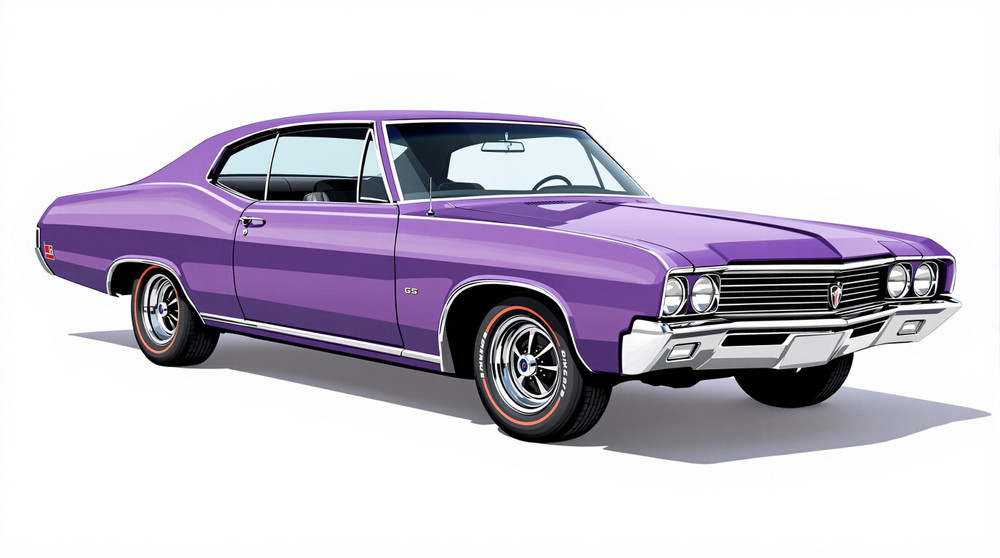Image of 1968 Buick Gs 400, Note: These illustrations use artistic license and may differ from actual historical models.
Performance Metrics
Fundamental Metrics
Emotional Appeal
MMP Rating
| Engine Specifications | |
|---|---|
| Engine: | 400 CID V8 |
| Displacement: | 400 cu in (6.6 L) |
| Horsepower: | 340-360 HP |
| Torque: | 440 lb-ft |
| Compression Ratio: | 10.25:1 |
| Ignition System: | Conventional breaker-point ignition system |
| Cooling System: | Liquid-cooled |
| Performance Specifications | |
| 0-60 Time: | 6.5 seconds |
| 1/4 Mile Time: | 14.9 seconds |
| Top Speed: | 130 mph |
| Transmission and Drive | |
| Drive Type: | Rear-wheel drive |
| Transmission Type: | 3-speed automatic, 4-speed manual |
| Fuel and Efficiency | |
| Fuel System Type: | Carburetor |
| MPG: | 10-12 MPG |
| Dimensions and Brakes | |
| Brakes: | Power-assisted front disc and rear drum brakes |
| Wheelbase: | 112 inches |
| Weight: | 3,570 lbs |
Note: Specifications for classic cars are given to the best of our ability, considering the limited and variant data available.
Unveiling the 1968 Buick GS 400: A Muscle Car Marvel
The year 1968 saw the birth of a muscle car that would leave an indelible mark on automotive history—the Buick GS 400. Crafted by the venerable Buick division of General Motors, this vehicle emerged as a high-performance juggernaut during an era when raw power and sleek design dictated the American roads. The GS, short for Gran Sport, was Buick's answer to the muscle car competition, and it brought with it a unique blend of luxury and speed. One of the most captivating aspects of the GS 400 was its introduction of a special cold-air induction system, dubbed "Carter Air-Poiser," which was a rare innovation at the time.
Design and Innovation
The exterior of the 1968 Buick GS 400 exuded a sense of refined aggression, with its long hood, sculpted body lines, and a pronounced grille that demanded attention. The interior was equally impressive, featuring plush seating surfaces and high-quality materials that spoke to Buick's luxury pedigree. Technologically, the GS 400 was ahead of its time, boasting features like a standard tachometer and optional rally wheels. Color options for the '68 GS 400 were varied, with hues like Platinum Mist and Flame Red being among the popular picks. The car came in several body styles including a hardtop coupe and convertible, but it was the hardtop that became emblematic of the model's muscle car status.
Historical Significance
The 1968 Buick GS 400 set itself apart with its combination of elegance and performance. It contributed to the era's muscle car craze by offering an alternative to more mainstream models from Chevrolet and Ford. Its lasting influence can be seen in how modern performance cars balance power with luxury—a concept that Buick pioneered with this model.
Performance and Handling
Under the hood lay a potent 400 cubic inch V8 engine that propelled the GS 400 from 0-60 mph in just about 7 seconds—a remarkable feat for its time. The top speed hovered around the 130 mph mark. On various driving conditions, drivers praised the GS for its stable handling and smooth ride quality. Behind the wheel, one could hear the throaty roar of the engine—a sound that became synonymous with American muscle.
Ownership Experience
The '68 GS 400 found its place as both a daily driver for those who appreciated its robustness and as a show car for enthusiasts looking to showcase its classic beauty. Maintenance was relatively straightforward for mechanically inclined owners, though some components are rarer today. Overall reliability was commendable for such a powerful vehicle.
Fun Facts
Did you know that some editions of the '68 GS came with a dealer-installed Stage I performance package? This upgrade boosted horsepower significantly. While not many celebrities were known to own one, those who did were part of an exclusive club. Despite criticisms over fuel consumption—a common issue among muscle cars—the GS 400 maintained its allure.
Collector's Information
Today, collectors cherish the 1968 Buick GS 400 for its rarity and contribution to muscle car culture. Production numbers were limited compared to other GM offerings, making well-maintained examples highly sought after. As for value range, pristine models can fetch upwards of $40,000 or more depending on provenance and condition. The market has seen these vehicles appreciate over time as enthusiasts clamor to add this piece of muscle car history to their collections.
Conclusion
The legacy of the 1968 Buick GS 400 is defined by its exceptional blend of luxury and power—a true testament to American automotive ingenuity during one of the most exciting eras in car culture. Its historical significance is matched only by its desirability among collectors today. Whether roaring down an open highway or gracing a concours d'elegance, this classic muscle car continues to turn heads and capture hearts.
1968 Buick Gs 400 Catalog of Parts
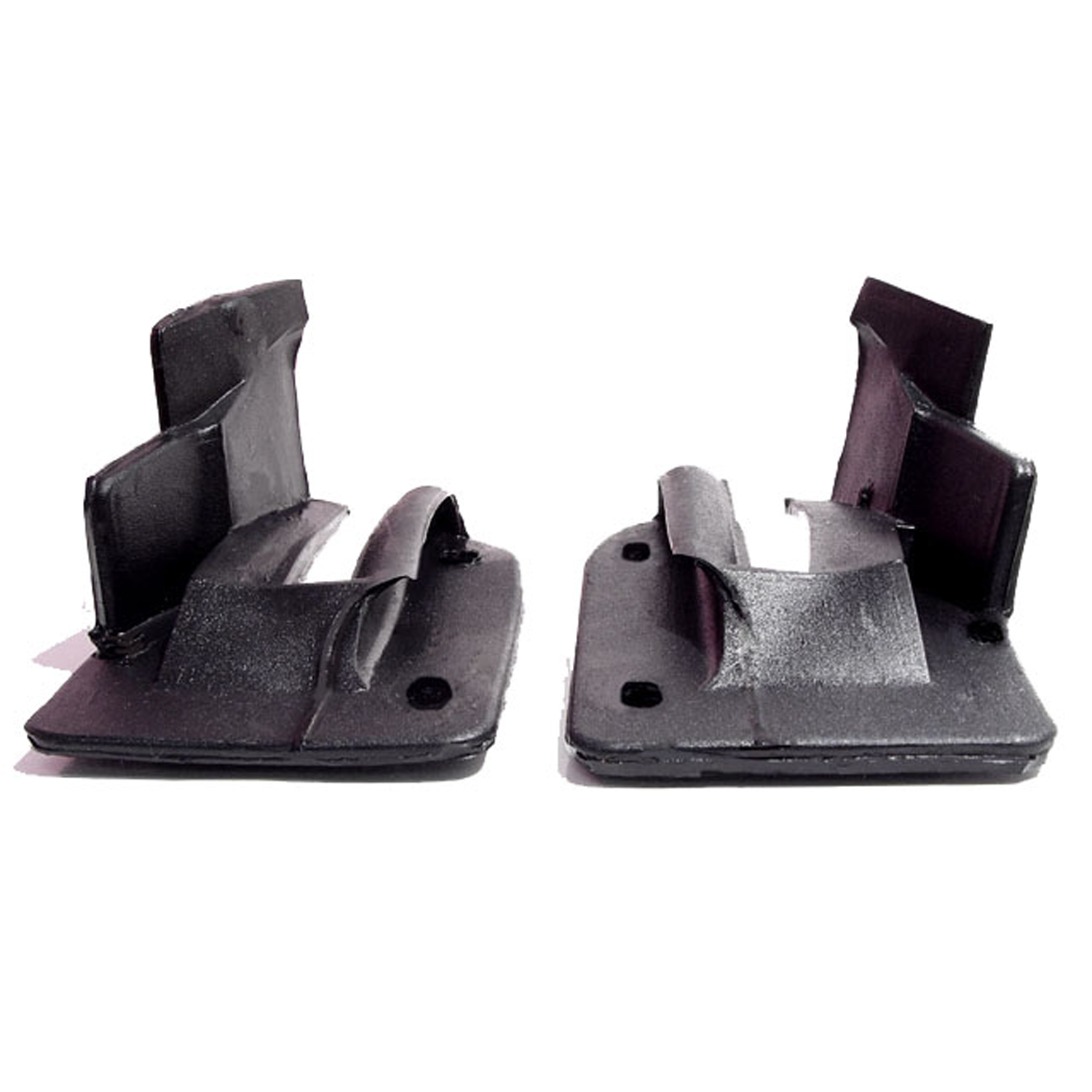 1968 Buick GS 400 RE-ISSUE. Door lock pillar seal-ALP 5002RE-ISSUE. Door lock pillar seal. Fits '68-'72 GM A-body 2-door coupe, hardtop and convertible (except Pontiac - see ALP 5002-A).
1968 Buick GS 400 RE-ISSUE. Door lock pillar seal-ALP 5002RE-ISSUE. Door lock pillar seal. Fits '68-'72 GM A-body 2-door coupe, hardtop and convertible (except Pontiac - see ALP 5002-A).  1968 Buick GS 400 Convertible Top Compartment Side Panel Seals. Pair-ALP 5505Convertible Top Compartment Side Panel Seals. Pair
1968 Buick GS 400 Convertible Top Compartment Side Panel Seals. Pair-ALP 5505Convertible Top Compartment Side Panel Seals. Pair 1968 Buick GS 400 Body Cushion Kit. 28 piece set.-BCK 5Body Cushion Kit. 28 piece set.
1968 Buick GS 400 Body Cushion Kit. 28 piece set.-BCK 5Body Cushion Kit. 28 piece set. 1968 Buick GS 400 Shock Absorber Grommet. 1" bottom O.D., 3/4" high-BN 1Shock Absorber Grommet. 1" bottom O.D., 3/4" high., with 7/16" I.D. Each
1968 Buick GS 400 Shock Absorber Grommet. 1" bottom O.D., 3/4" high-BN 1Shock Absorber Grommet. 1" bottom O.D., 3/4" high., with 7/16" I.D. Each 1968 Buick GS 400 Butyl Glass Setting Tape-BT 1Butyl Glass Setting Tape. Used to install windshields and backlights. Superior sealing properties. 5/16" wide X 15' long. Each
1968 Buick GS 400 Butyl Glass Setting Tape-BT 1Butyl Glass Setting Tape. Used to install windshields and backlights. Superior sealing properties. 5/16" wide X 15' long. Each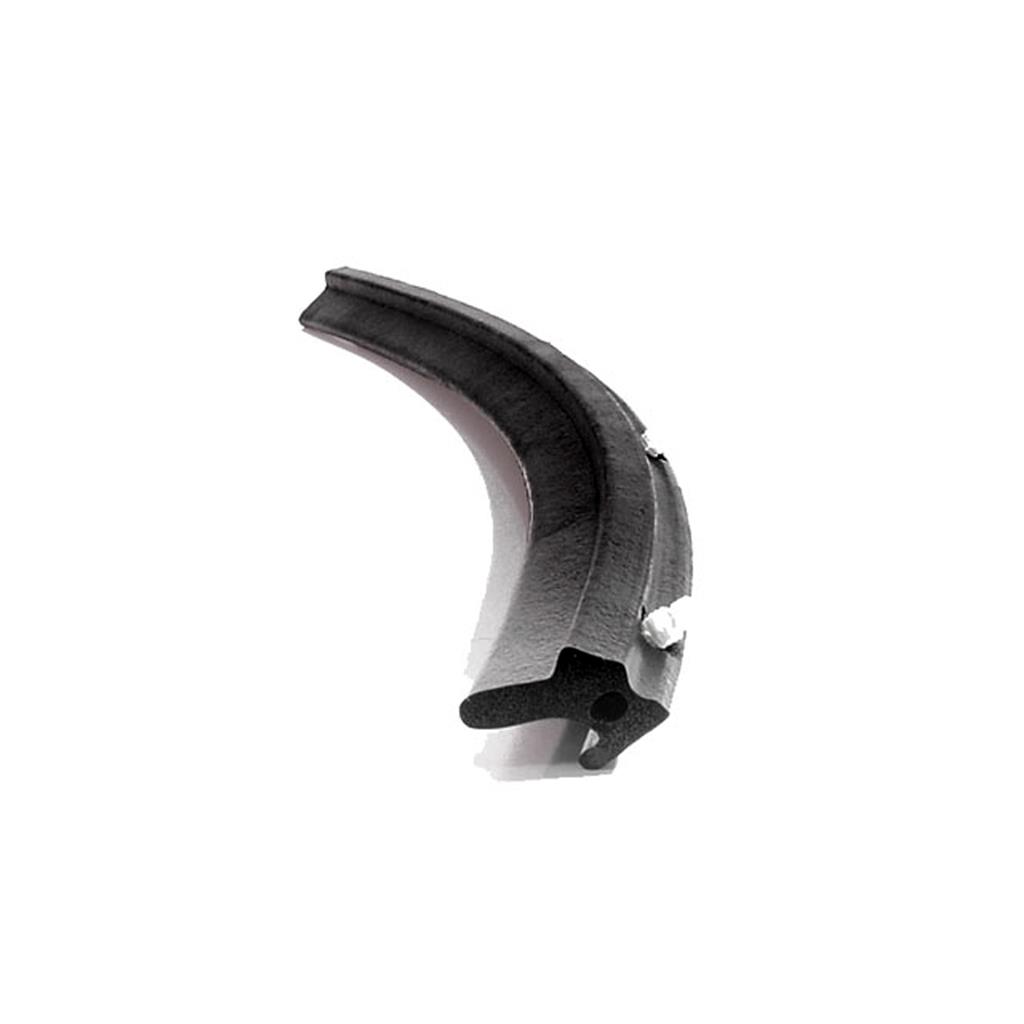 1968 Buick GS 400 Convertible Top Windshield Header Seal-C/LP 40-GConvertible Top Windshield Header Seal. Clips installed every 3-5/8". Made of soft, black, skin-covered sponge. Sold by the foot.
1968 Buick GS 400 Convertible Top Windshield Header Seal-C/LP 40-GConvertible Top Windshield Header Seal. Clips installed every 3-5/8". Made of soft, black, skin-covered sponge. Sold by the foot.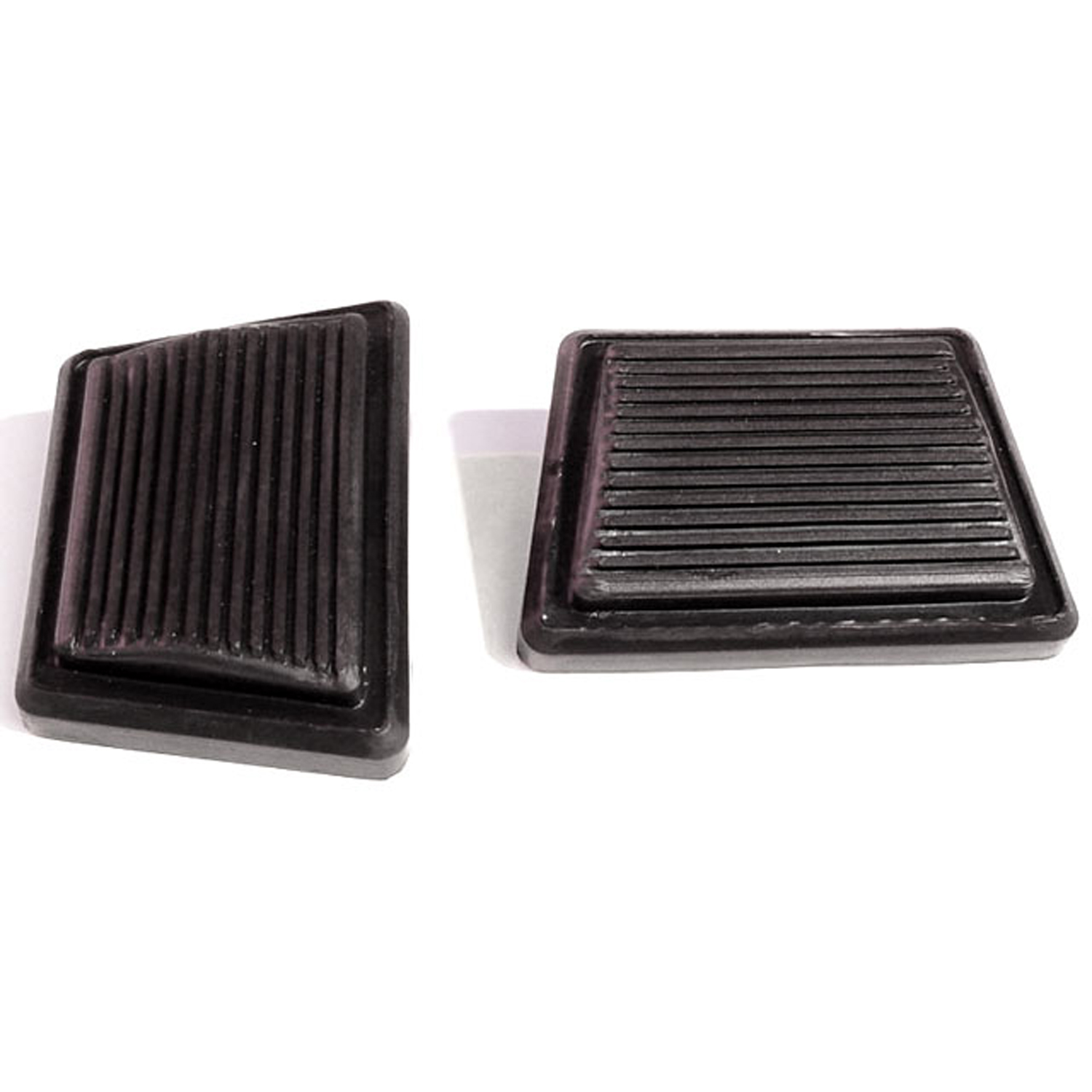 1968 Buick GS 400 Clutch and Brake Pedal Pads. Exact reproduction-CB 99Clutch and Brake Pedal Pads. Exact reproduction. 3-1/2" wide. Pair
1968 Buick GS 400 Clutch and Brake Pedal Pads. Exact reproduction-CB 99Clutch and Brake Pedal Pads. Exact reproduction. 3-1/2" wide. Pair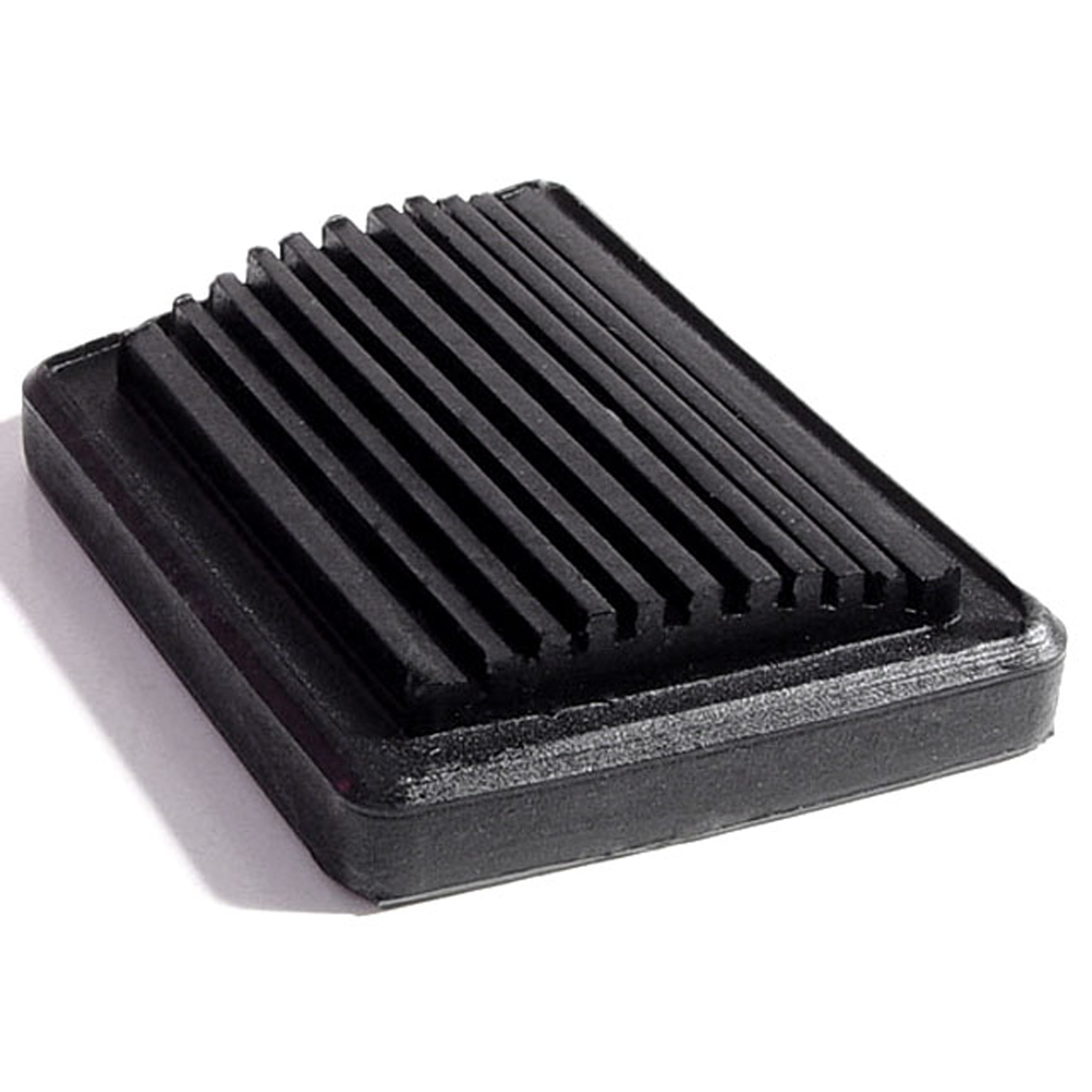 1968 Buick GS 400 Park Brake Pedal Pad. 2-9/16" wide. Each-CB 99-APark Brake Pedal Pad. 2-9/16" wide. Each
1968 Buick GS 400 Park Brake Pedal Pad. 2-9/16" wide. Each-CB 99-APark Brake Pedal Pad. 2-9/16" wide. Each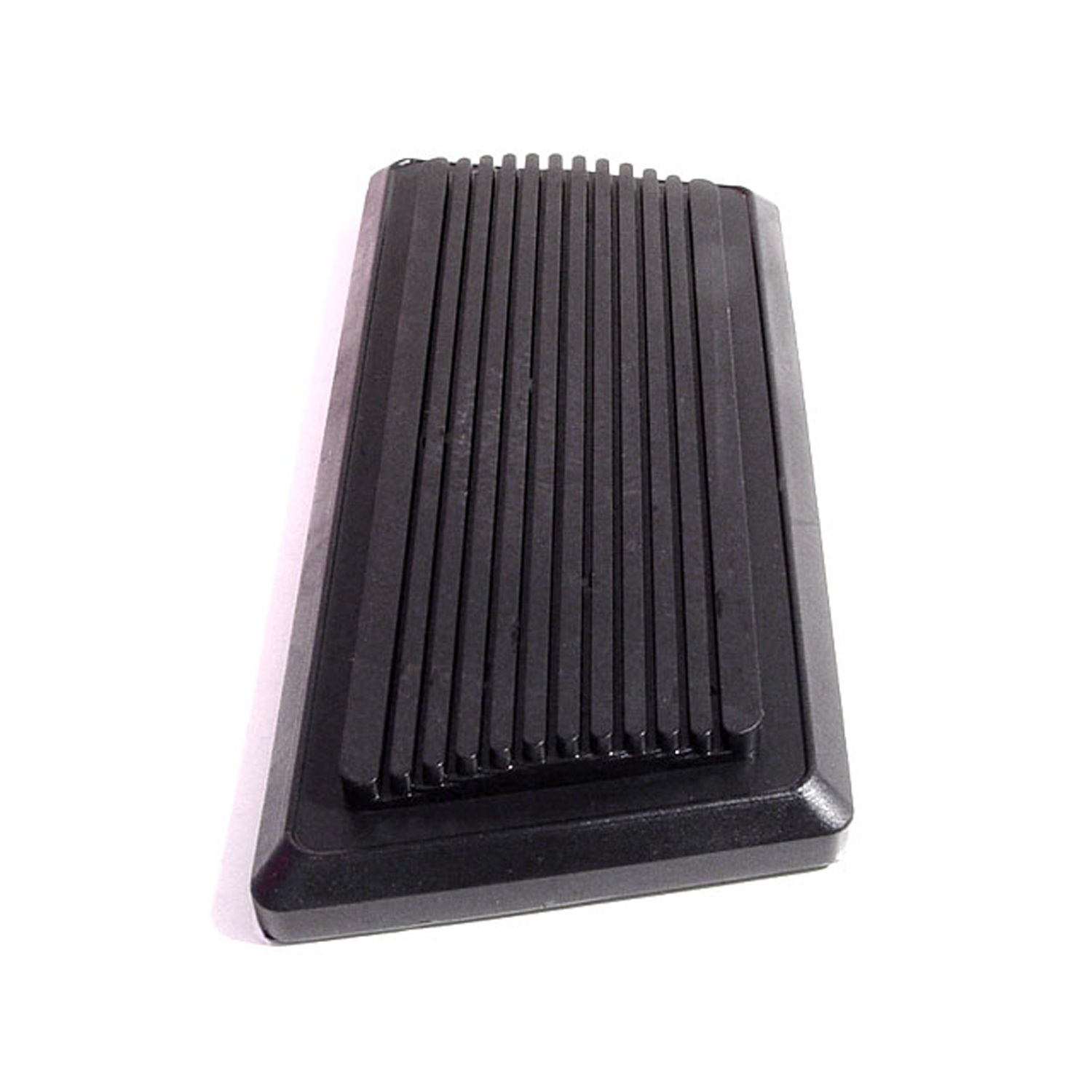 1968 Buick GS 400 Auto Brake Pedal Pad. 5-7/8" wide. Each-CB 99-BAuto Brake Pedal Pad. 5-7/8" wide. Each
1968 Buick GS 400 Auto Brake Pedal Pad. 5-7/8" wide. Each-CB 99-BAuto Brake Pedal Pad. 5-7/8" wide. Each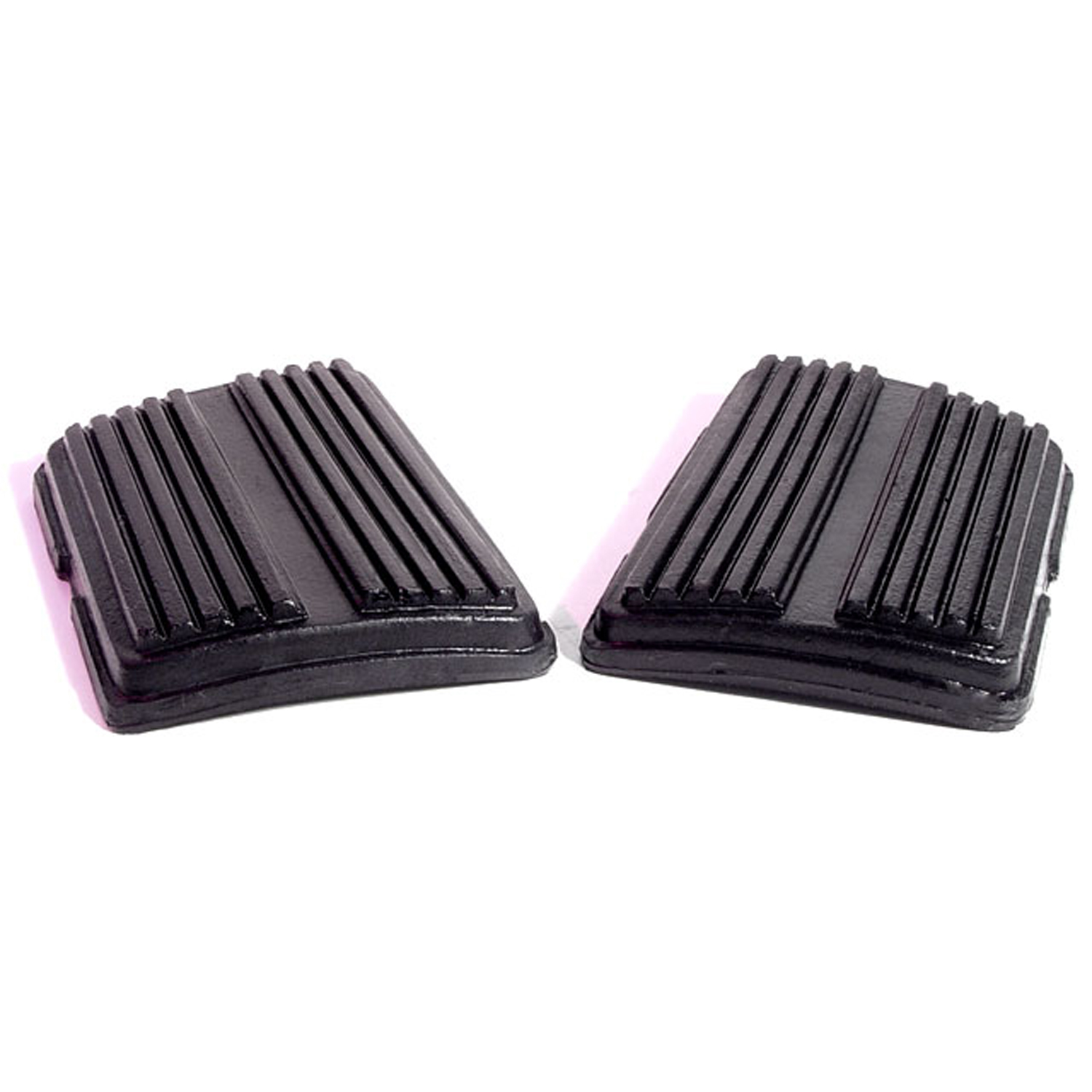 1968 Buick GS 400 Clutch and Brake Pedal Pads. 3-3/4" wide. Pair-CB 99-DClutch and Brake Pedal Pads. 3-3/4" wide. Pair
1968 Buick GS 400 Clutch and Brake Pedal Pads. 3-3/4" wide. Pair-CB 99-DClutch and Brake Pedal Pads. 3-3/4" wide. Pair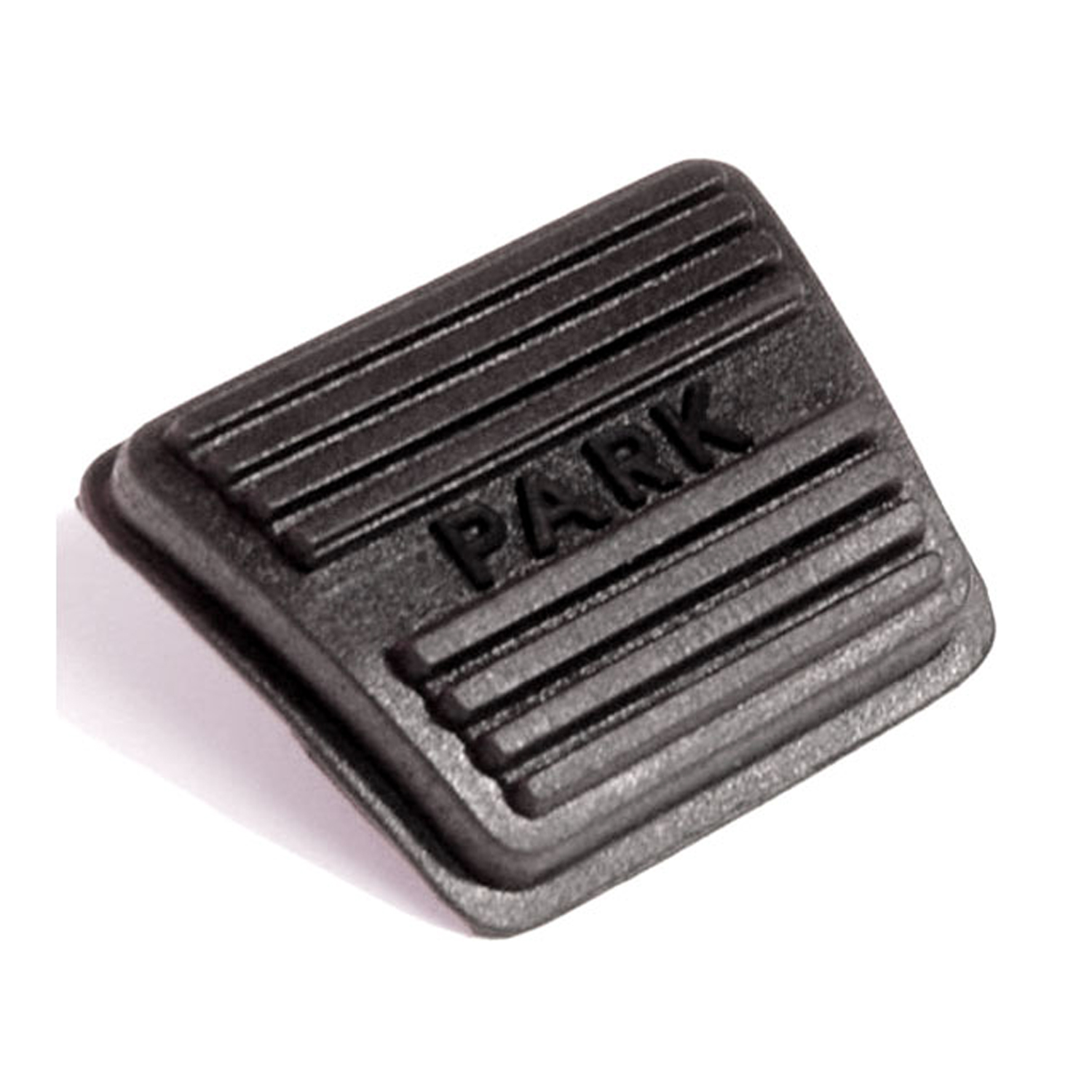 1968 Buick GS 400 Park Brake Pedal Pad. 2-3/8" wide. Each-CB 99-EPark Brake Pedal Pad. 2-3/8" wide. Each
1968 Buick GS 400 Park Brake Pedal Pad. 2-3/8" wide. Each-CB 99-EPark Brake Pedal Pad. 2-3/8" wide. Each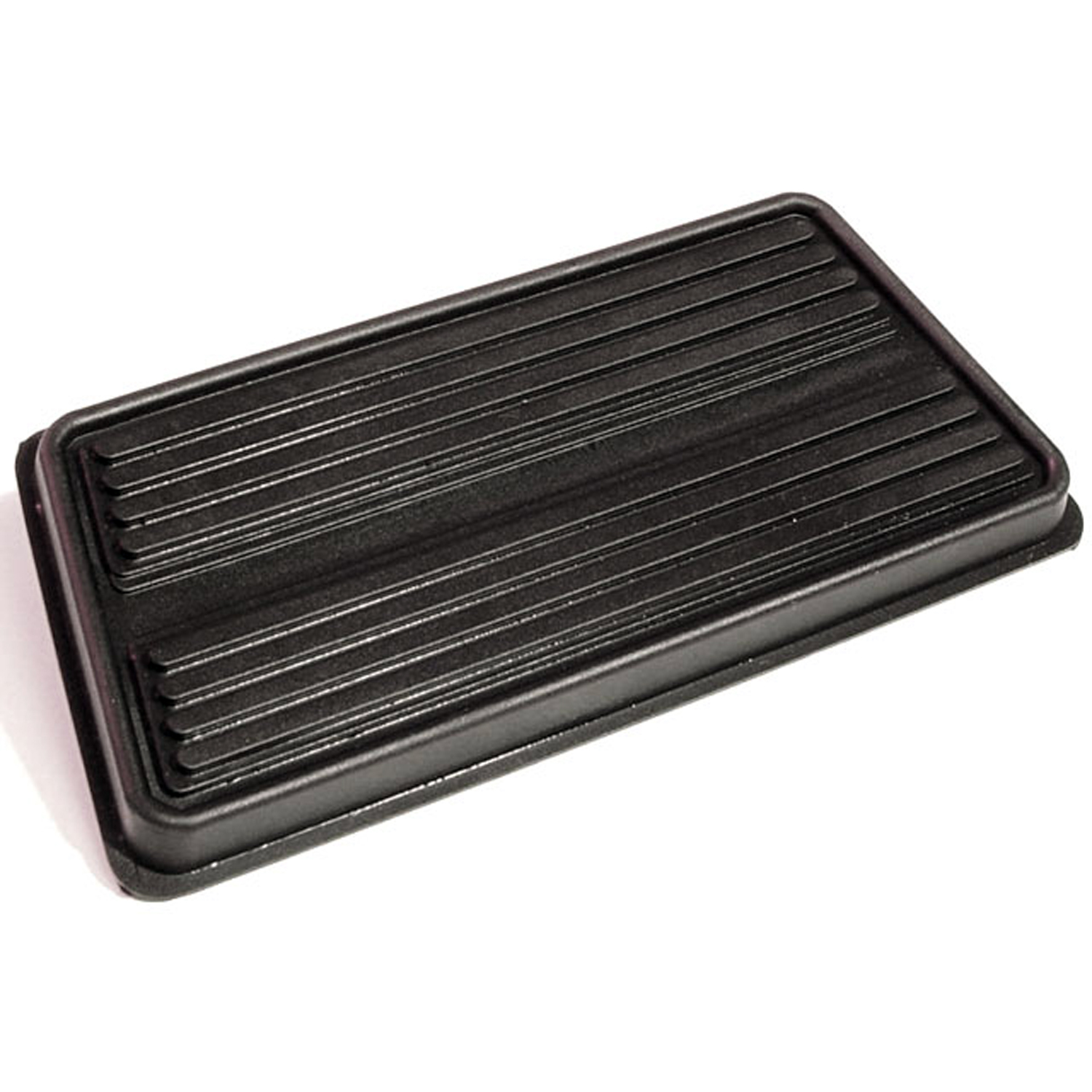 1968 Buick GS 400 Auto Brake Pedal Pad. Nice reproduction. 5-3/4" wide-CB 99-GAuto Brake Pedal Pad. Nice reproduction. 5-3/4" wide. Each
1968 Buick GS 400 Auto Brake Pedal Pad. Nice reproduction. 5-3/4" wide-CB 99-GAuto Brake Pedal Pad. Nice reproduction. 5-3/4" wide. Each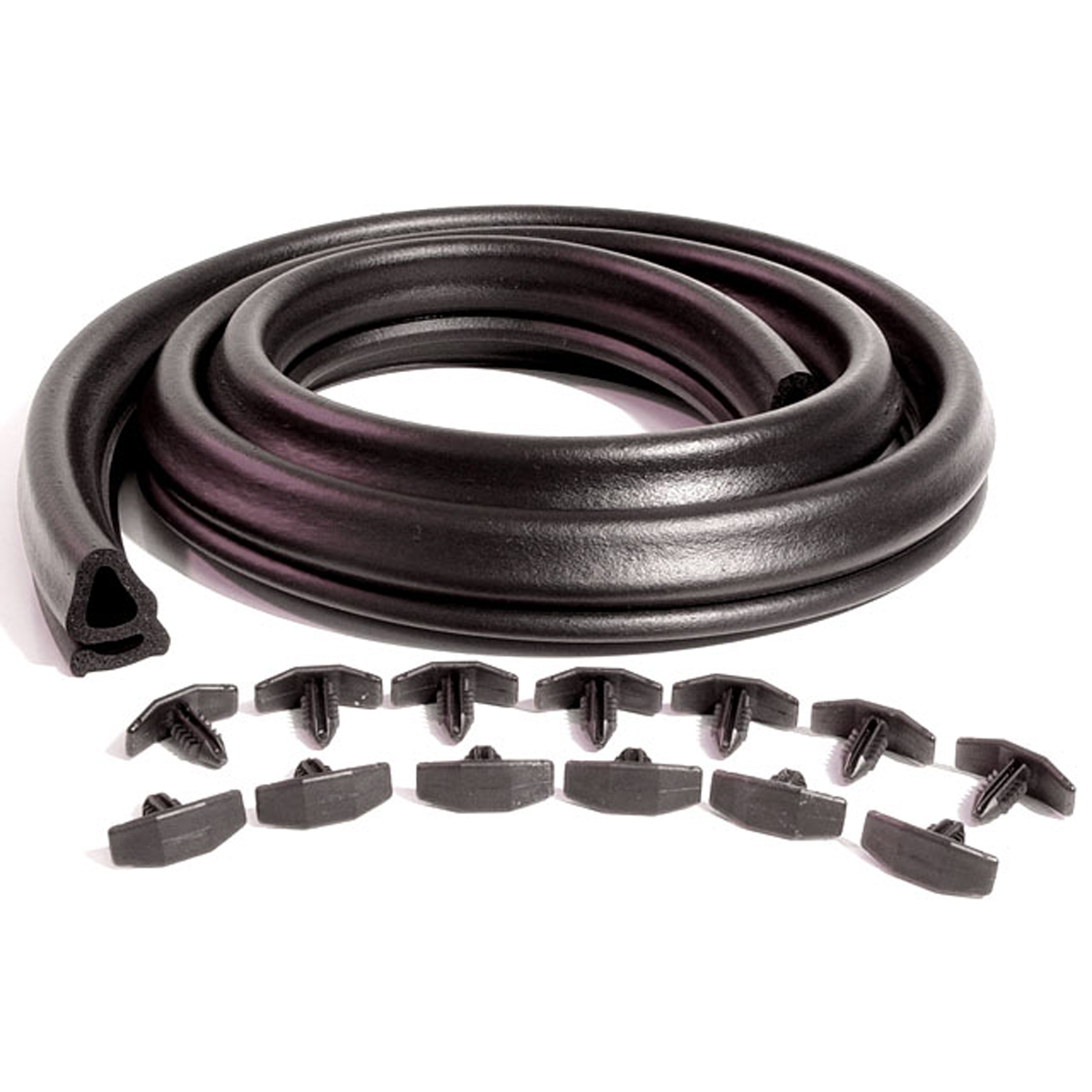 1968 Buick GS 400 Hood to Cowl Seal, with clips. 59-1/8" long. Each-CS 5Hood to Cowl Seal, with clips. 59-1/8" long. Each
1968 Buick GS 400 Hood to Cowl Seal, with clips. 59-1/8" long. Each-CS 5Hood to Cowl Seal, with clips. 59-1/8" long. Each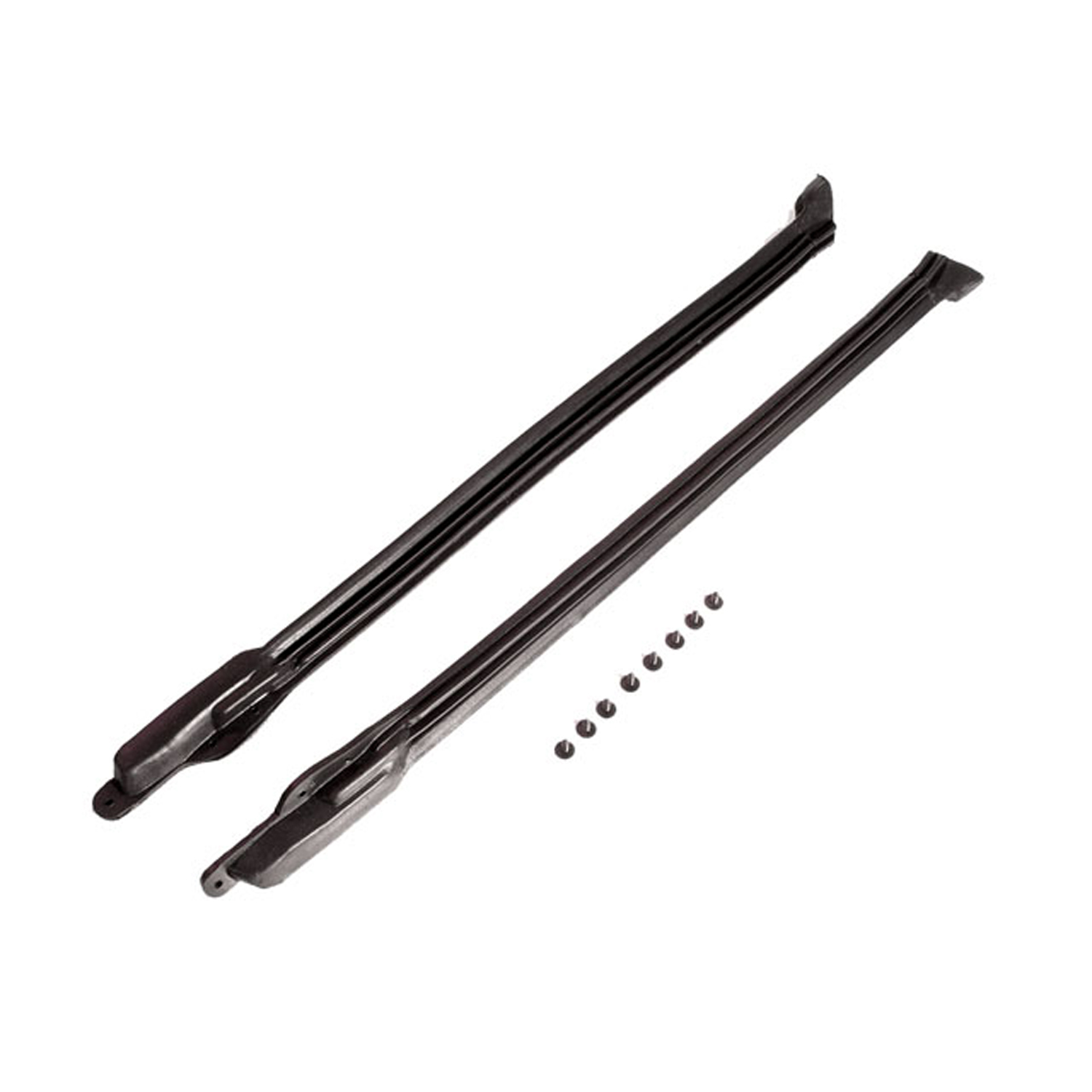 1968 Buick GS 400 Windshield Pillar Post Seals for Convertibles-CZ 8104Windshield Pillar Post Seals for 1968 GM A Body Convertibles. Sponge reproduction with a jet black, smooth skin. Each piece is 23-3/16" long. Pair R&L
1968 Buick GS 400 Windshield Pillar Post Seals for Convertibles-CZ 8104Windshield Pillar Post Seals for 1968 GM A Body Convertibles. Sponge reproduction with a jet black, smooth skin. Each piece is 23-3/16" long. Pair R&L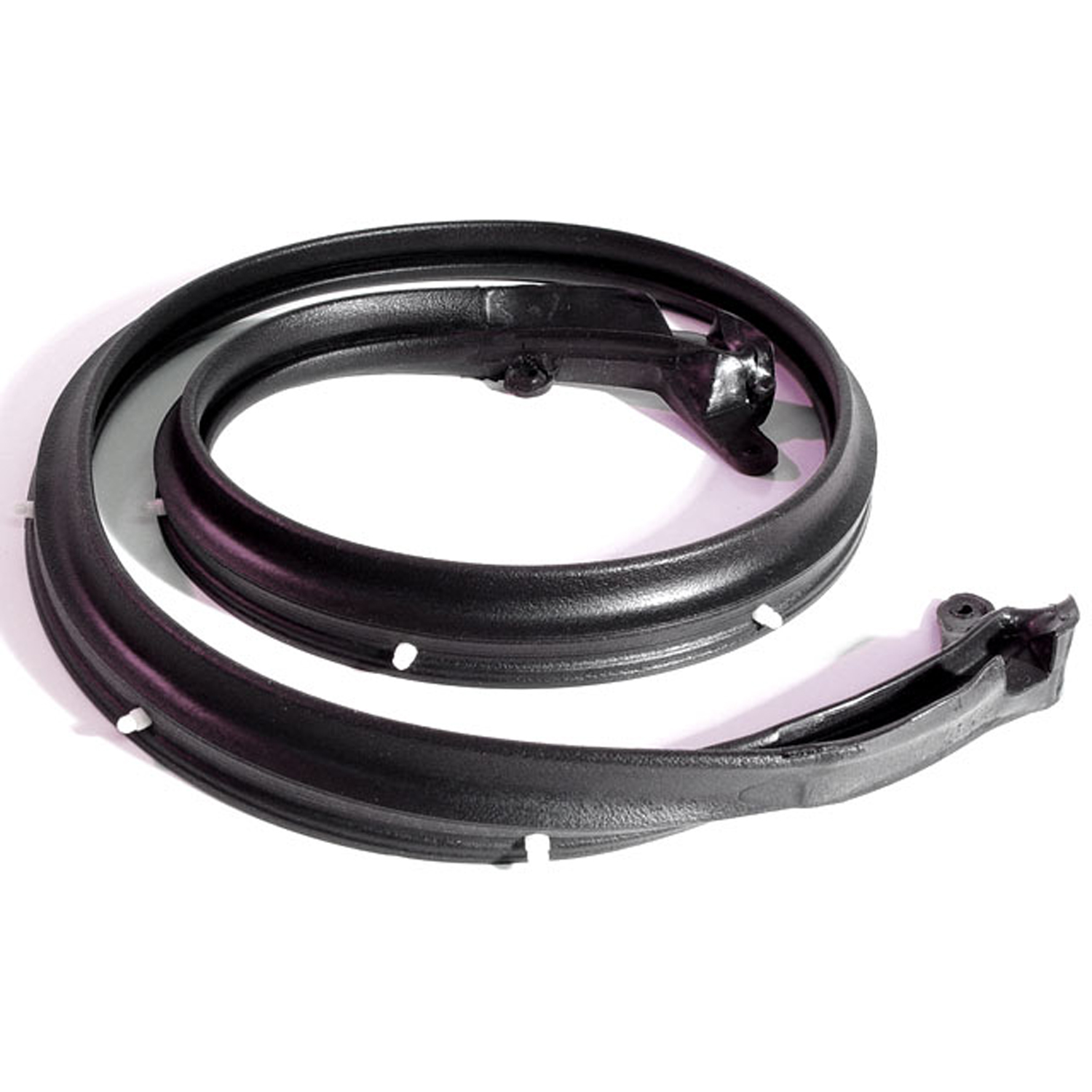 1968 Buick GS 400 Header Seal for Convertibles-HD 730Header Seal for Convertibles. Made with molded ends and steel core. High-quality molded sponge. 53-3/4" Long. Each
1968 Buick GS 400 Header Seal for Convertibles-HD 730Header Seal for Convertibles. Made with molded ends and steel core. High-quality molded sponge. 53-3/4" Long. Each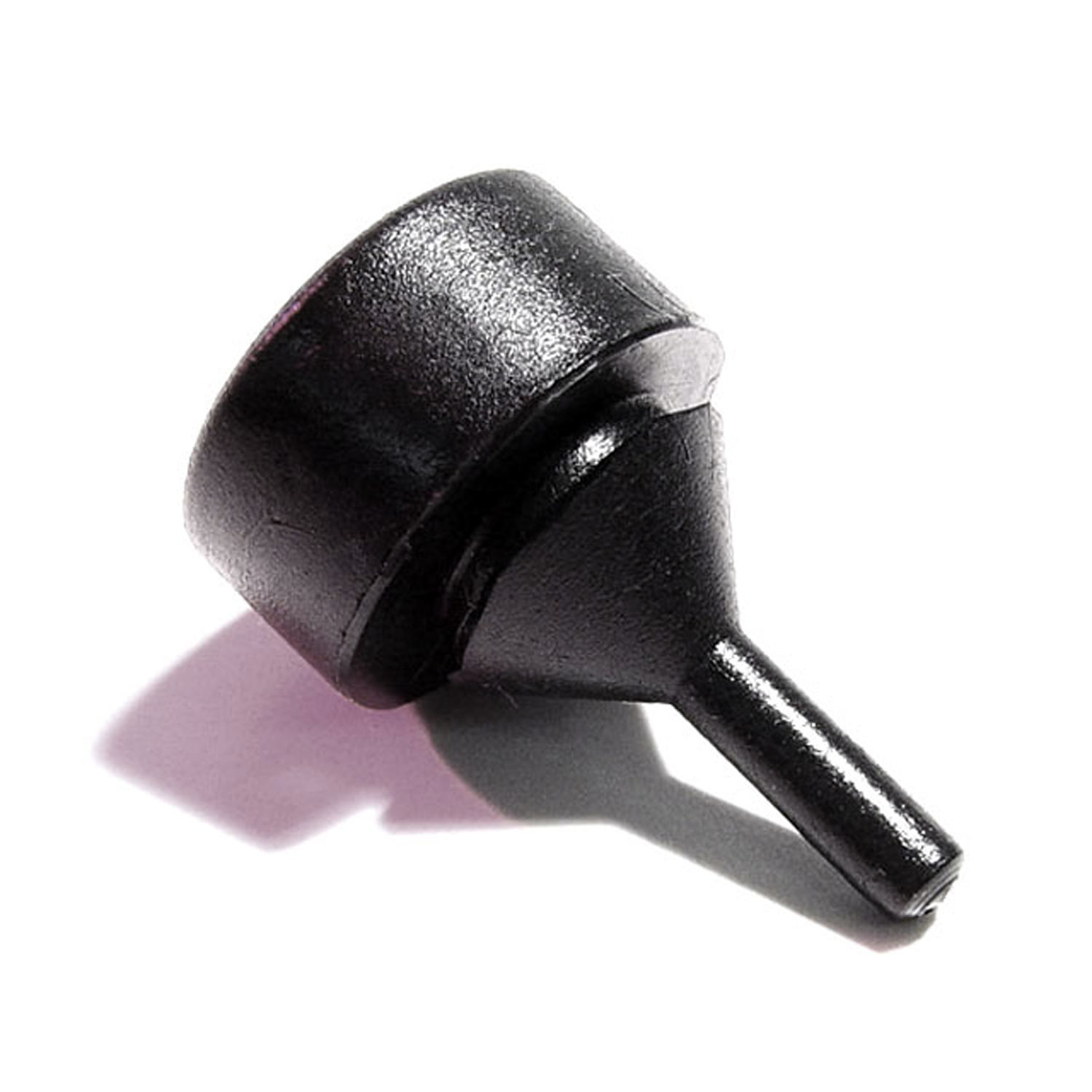 1968 Buick GS 400 Rear Hood Bumper. Each-HF 27Rear Hood Bumper. Each
1968 Buick GS 400 Rear Hood Bumper. Each-HF 27Rear Hood Bumper. Each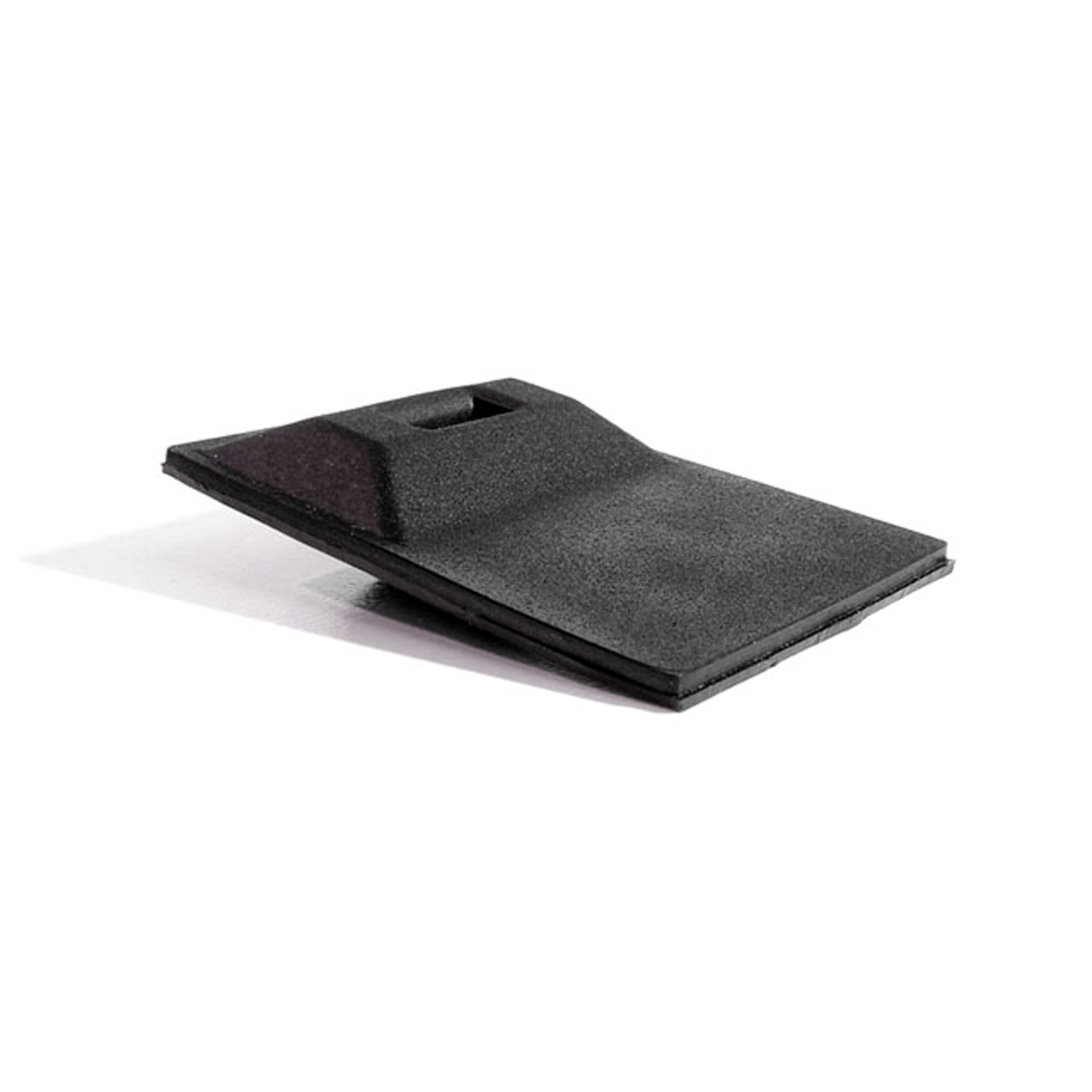 1968 Buick GS 400 Rocker Panel Plug. Each-HF 73Rocker Panel Plug. Each
1968 Buick GS 400 Rocker Panel Plug. Each-HF 73Rocker Panel Plug. Each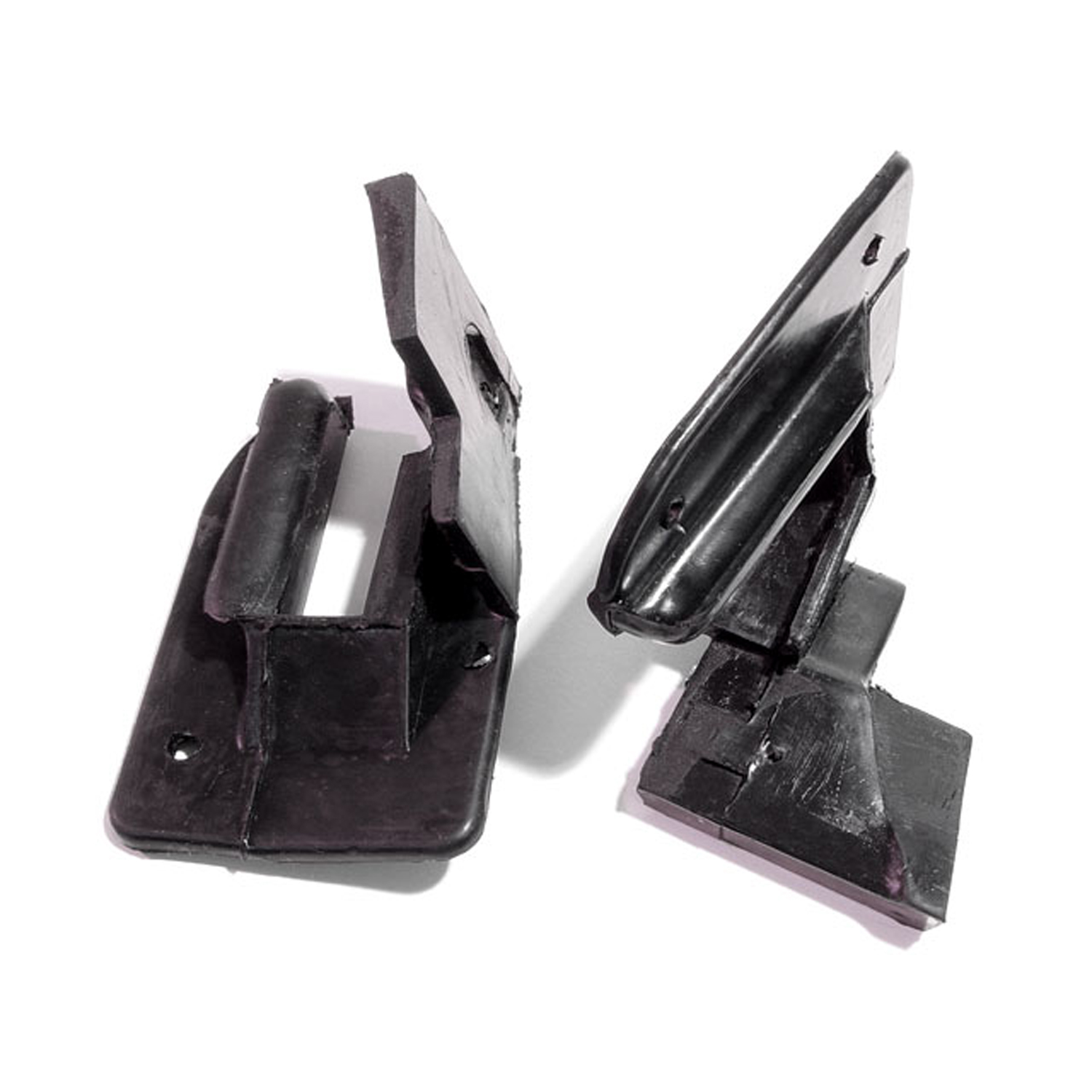 1968 Buick GS 400 Door lock pillar seal. Imported-IS-ALP 5002Door lock pillar seal. Imported. Fits '68-'72 GM A-body 2-door coupe, hardtop and convertible (except Pontiac - see ALP 5002-A). Replaces OEM#'s 7790754/5. Pair. R&L.
1968 Buick GS 400 Door lock pillar seal. Imported-IS-ALP 5002Door lock pillar seal. Imported. Fits '68-'72 GM A-body 2-door coupe, hardtop and convertible (except Pontiac - see ALP 5002-A). Replaces OEM#'s 7790754/5. Pair. R&L.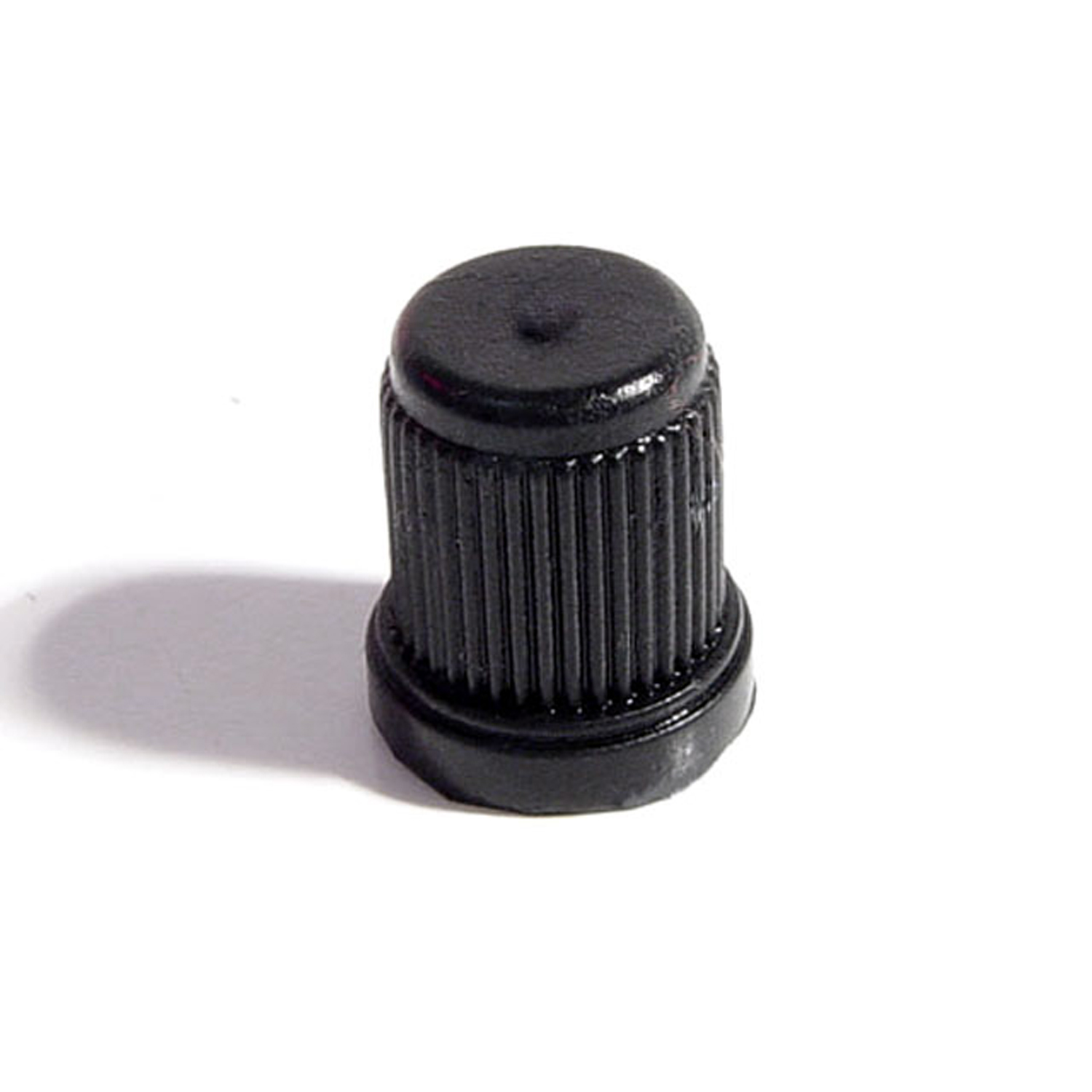 1968 Buick GS 400 Trip Meter Reset Knob. Made of black rubber-KN 10Trip Meter Reset Knob. Made of black rubber. Compare to measurements: 1/8" I.D., 7/16" O.D. X 1/2" tall. Each
1968 Buick GS 400 Trip Meter Reset Knob. Made of black rubber-KN 10Trip Meter Reset Knob. Made of black rubber. Compare to measurements: 1/8" I.D., 7/16" O.D. X 1/2" tall. Each 1968 Buick GS 400 Door Seal, with Clips and Molded Ends-LM 12-BDoor Seal, with Clips and Molded Ends. For 2-Door Hardtops and Convertibles. Replaces OEM #7717754/5. Pair
1968 Buick GS 400 Door Seal, with Clips and Molded Ends-LM 12-BDoor Seal, with Clips and Molded Ends. For 2-Door Hardtops and Convertibles. Replaces OEM #7717754/5. Pair 1968 Buick GS 400 Trunk Liner. Loose weave-M 23Trunk Liner. Loose weave. Black with scattered white threads. 54" wide. Sold by the foot
1968 Buick GS 400 Trunk Liner. Loose weave-M 23Trunk Liner. Loose weave. Black with scattered white threads. 54" wide. Sold by the foot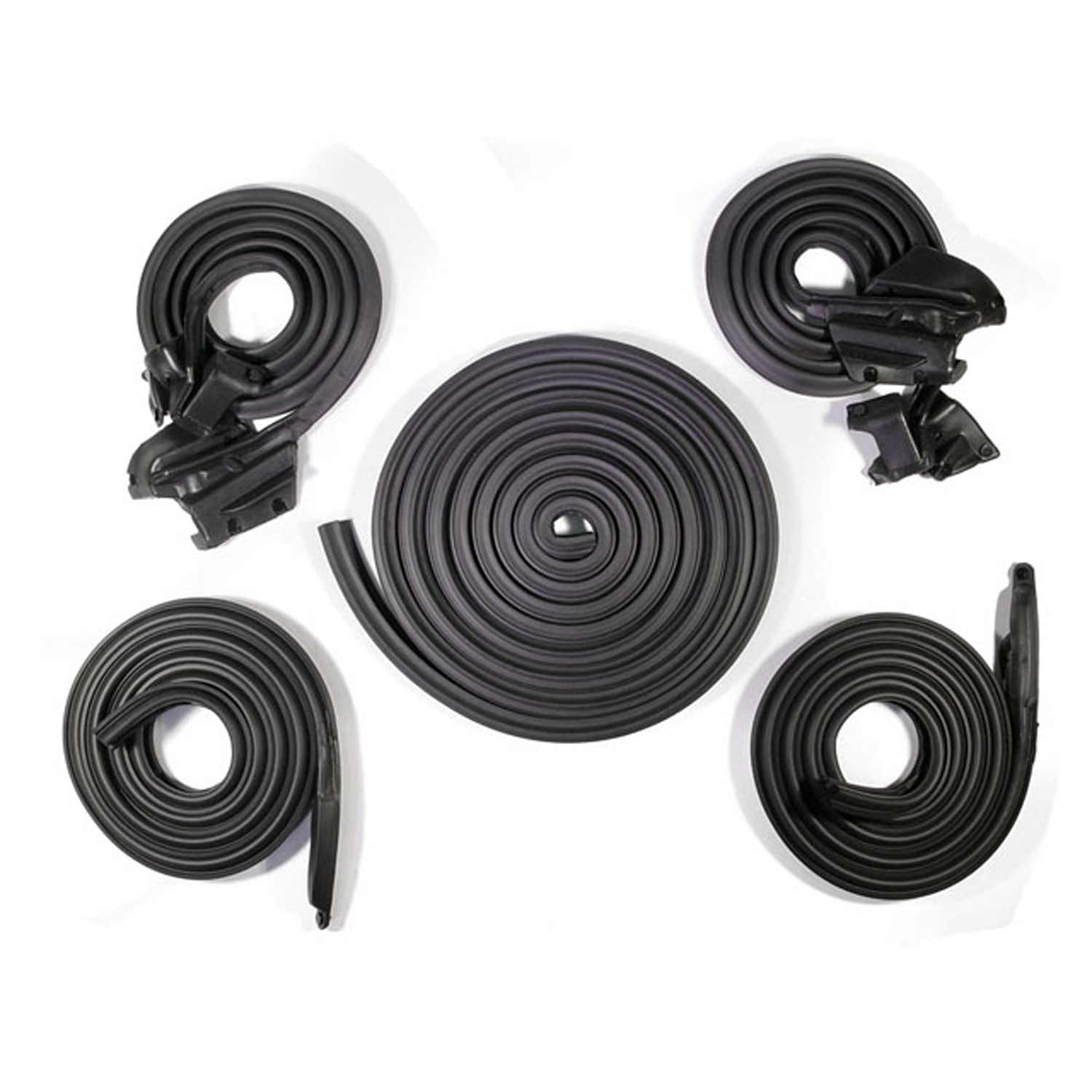 1968 Buick GS 400 Basic Kit, for 2-Door Hardtop-RKB 2003-104Basic Kit, for 2-Door Hardtop. Door (LM 12-B) Roof Rail (RR 5002) Trunk (TK 46-16), Seals.
1968 Buick GS 400 Basic Kit, for 2-Door Hardtop-RKB 2003-104Basic Kit, for 2-Door Hardtop. Door (LM 12-B) Roof Rail (RR 5002) Trunk (TK 46-16), Seals.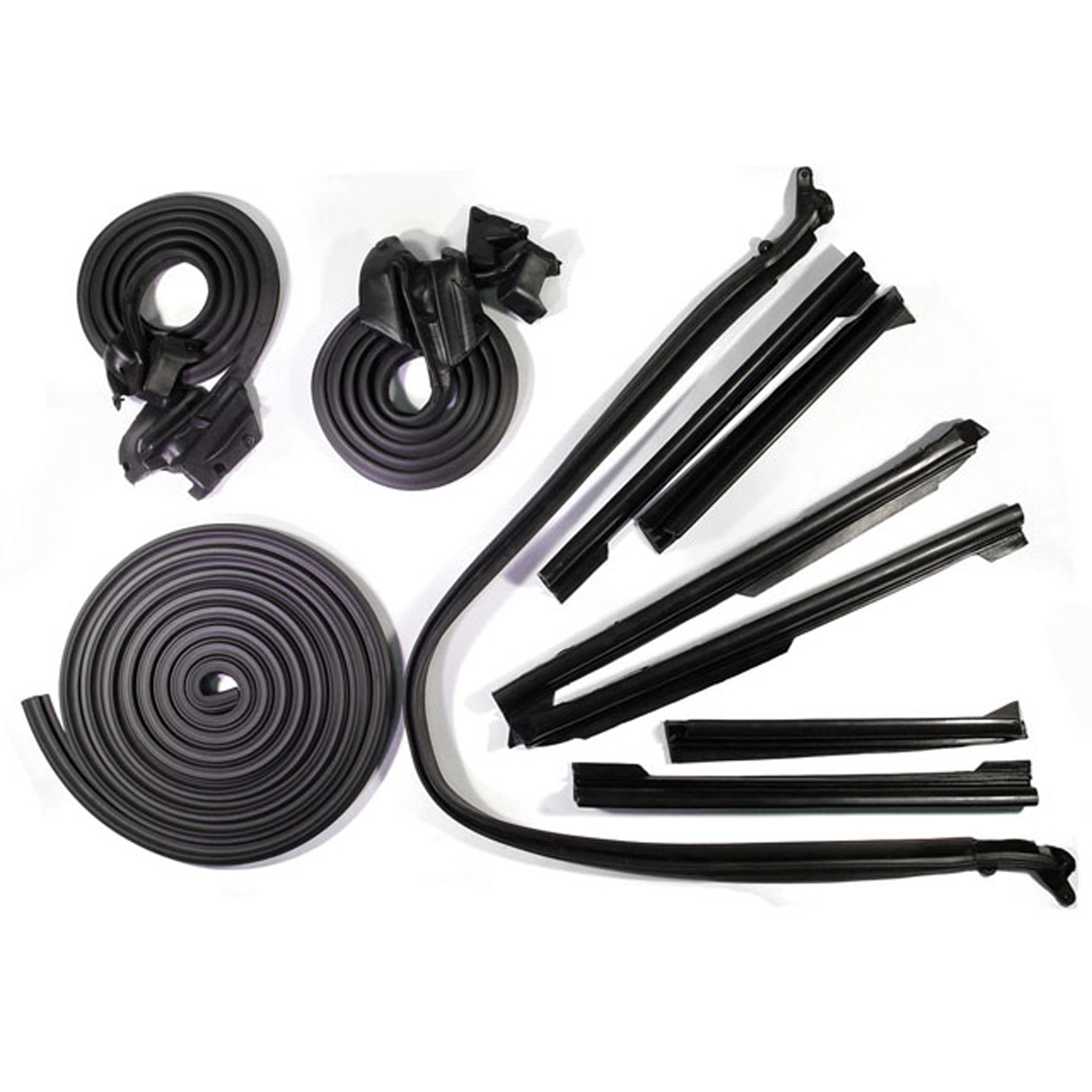 1968 Buick GS 400 Basic Kit, for Convertibles-RKB 2003-112Basic Kit, for Convertibles. Door (LM 12-B) Roof Rail (RR 1610) Trunk (TK 46-16), Seals.
1968 Buick GS 400 Basic Kit, for Convertibles-RKB 2003-112Basic Kit, for Convertibles. Door (LM 12-B) Roof Rail (RR 1610) Trunk (TK 46-16), Seals.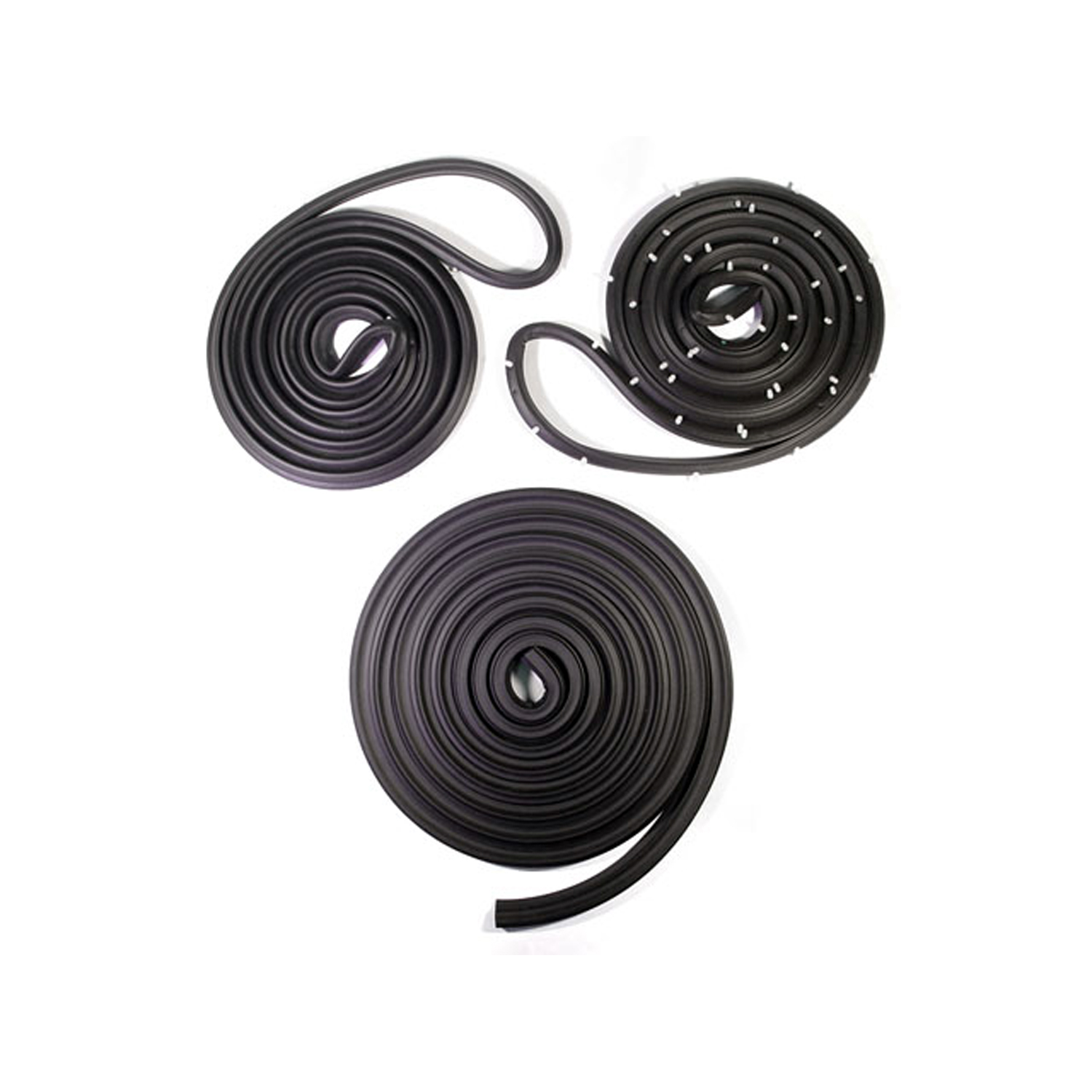 1968 Buick GS 400 Basic Kit, for 2-Door Sedan-RKB 2003-114Basic Kit, for 2-Door Sedan. Door (LM 12-S) Trunk (TK 46-16), Seals.
1968 Buick GS 400 Basic Kit, for 2-Door Sedan-RKB 2003-114Basic Kit, for 2-Door Sedan. Door (LM 12-S) Trunk (TK 46-16), Seals. 1968 Buick GS 400 Brake Master Cylinder Cover Seal. Replaces OEM #5470861-RP 2-EBrake Master Cylinder Cover Seal. Replaces OEM #5470861. 5" X 2-1/2". Each
1968 Buick GS 400 Brake Master Cylinder Cover Seal. Replaces OEM #5470861-RP 2-EBrake Master Cylinder Cover Seal. Replaces OEM #5470861. 5" X 2-1/2". Each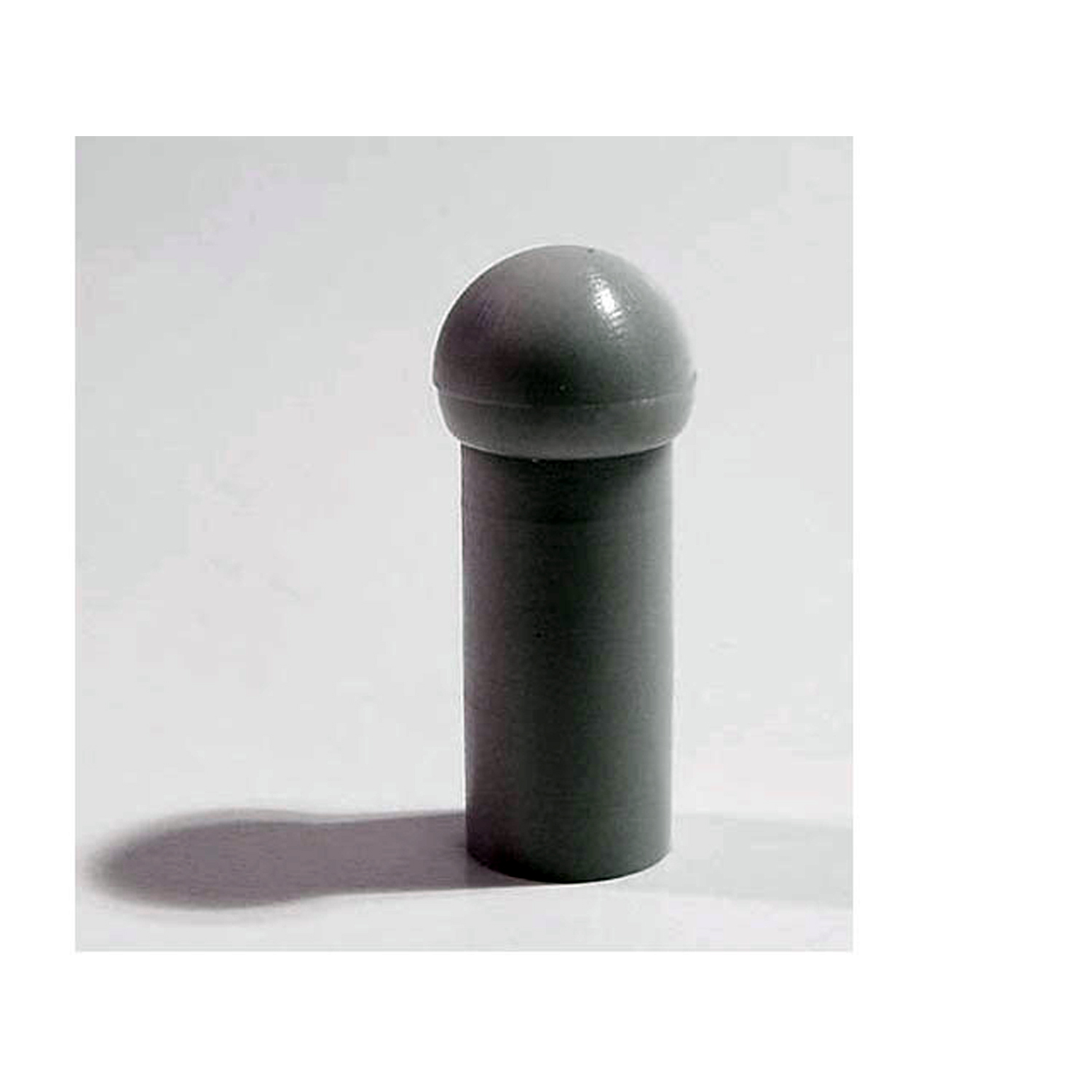 1968 Buick GS 400 Sun Visor Rod Rubber Grommet. 3/4" long. Gray. Each-RP 303-CSun Visor Rod Rubber Grommet. 3/4" long. Gray. Each
1968 Buick GS 400 Sun Visor Rod Rubber Grommet. 3/4" long. Gray. Each-RP 303-CSun Visor Rod Rubber Grommet. 3/4" long. Gray. Each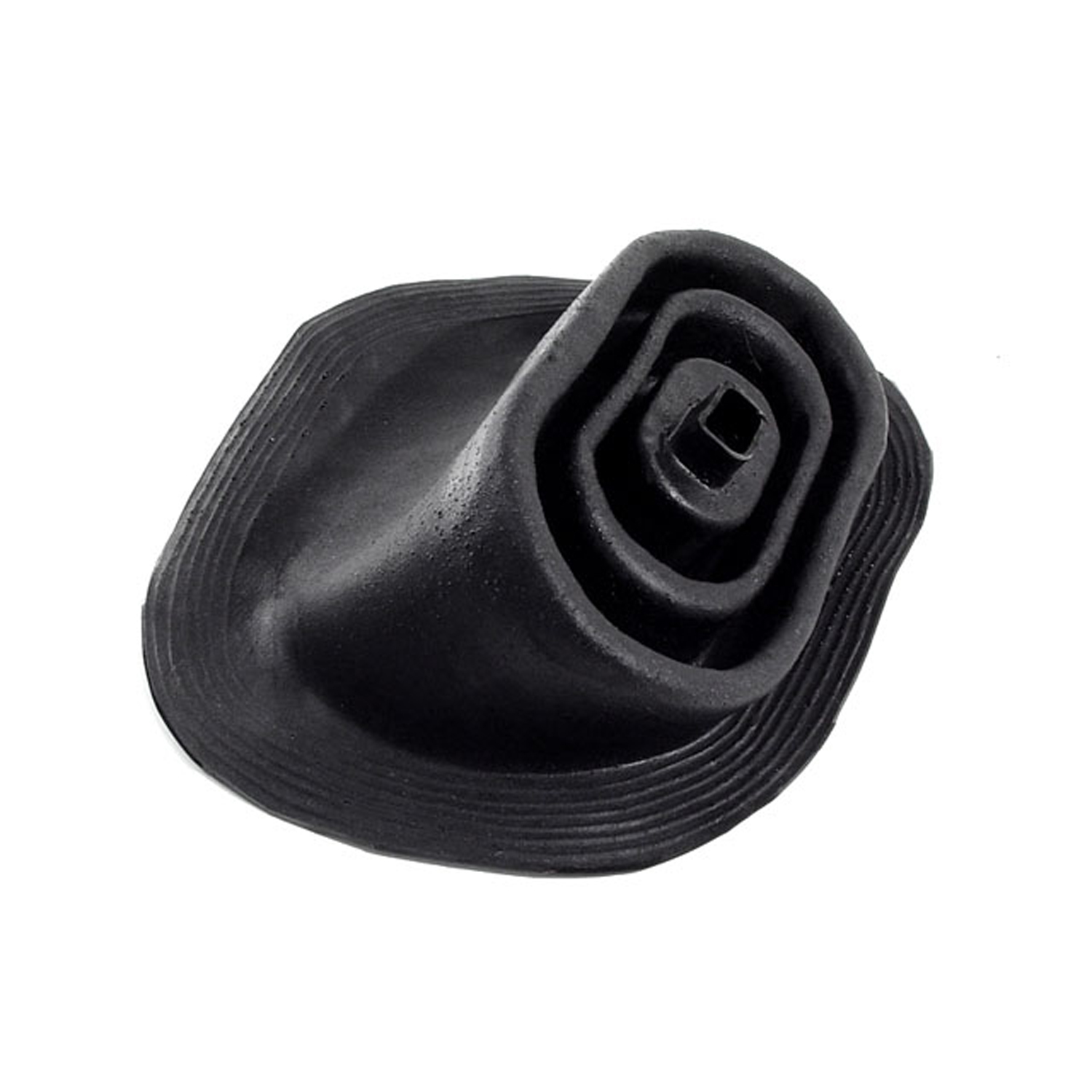 1968 Buick GS 400 Shift Boot. Each-RP 33-RShift Boot. Each
1968 Buick GS 400 Shift Boot. Each-RP 33-RShift Boot. Each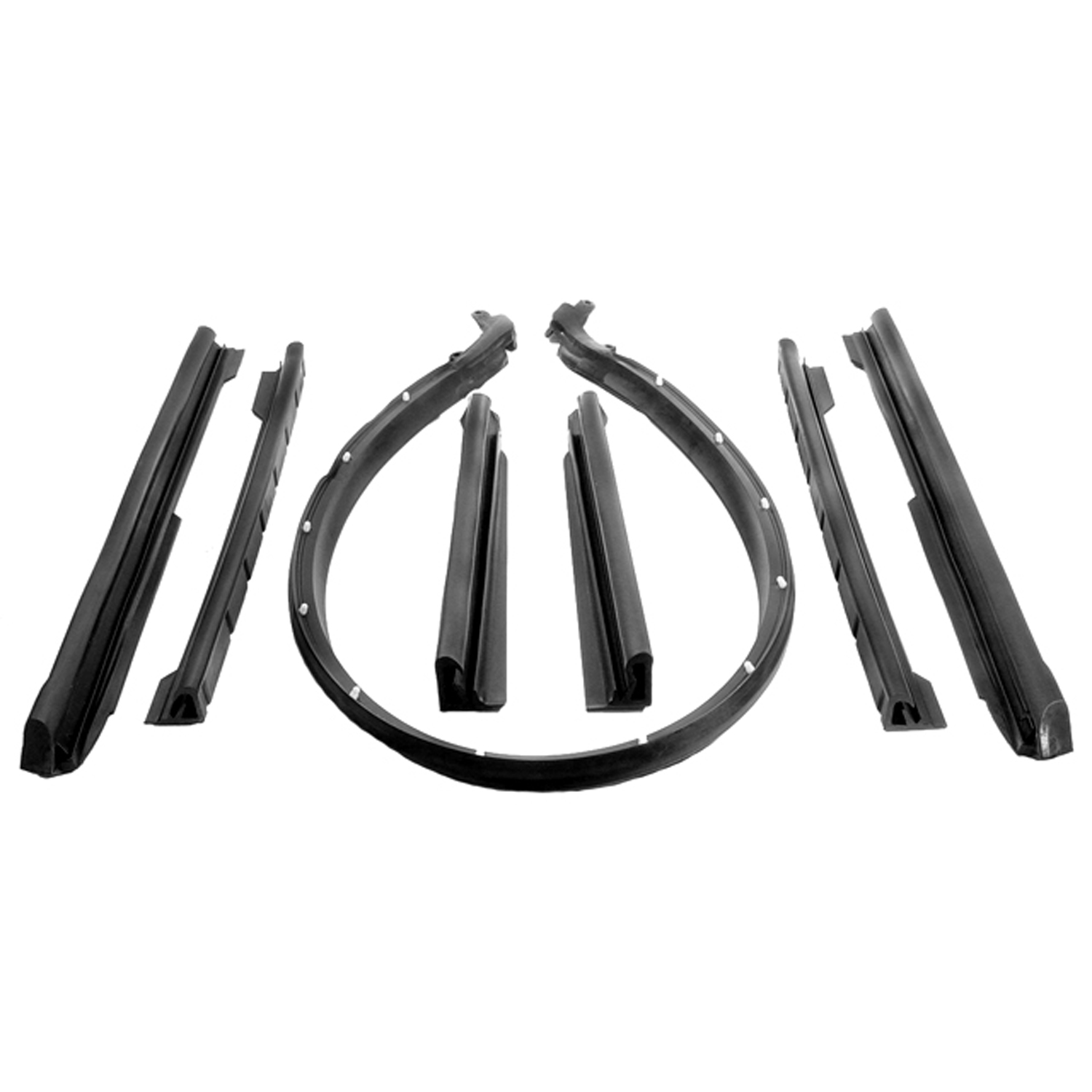 1968 Buick GS 400 Convertible Top Rail Kit-RR 1610Convertible Top Rail Kit. 7-Piece set includes all right and left side top rail seals and windshield top header seal (HD 730).
1968 Buick GS 400 Convertible Top Rail Kit-RR 1610Convertible Top Rail Kit. 7-Piece set includes all right and left side top rail seals and windshield top header seal (HD 730).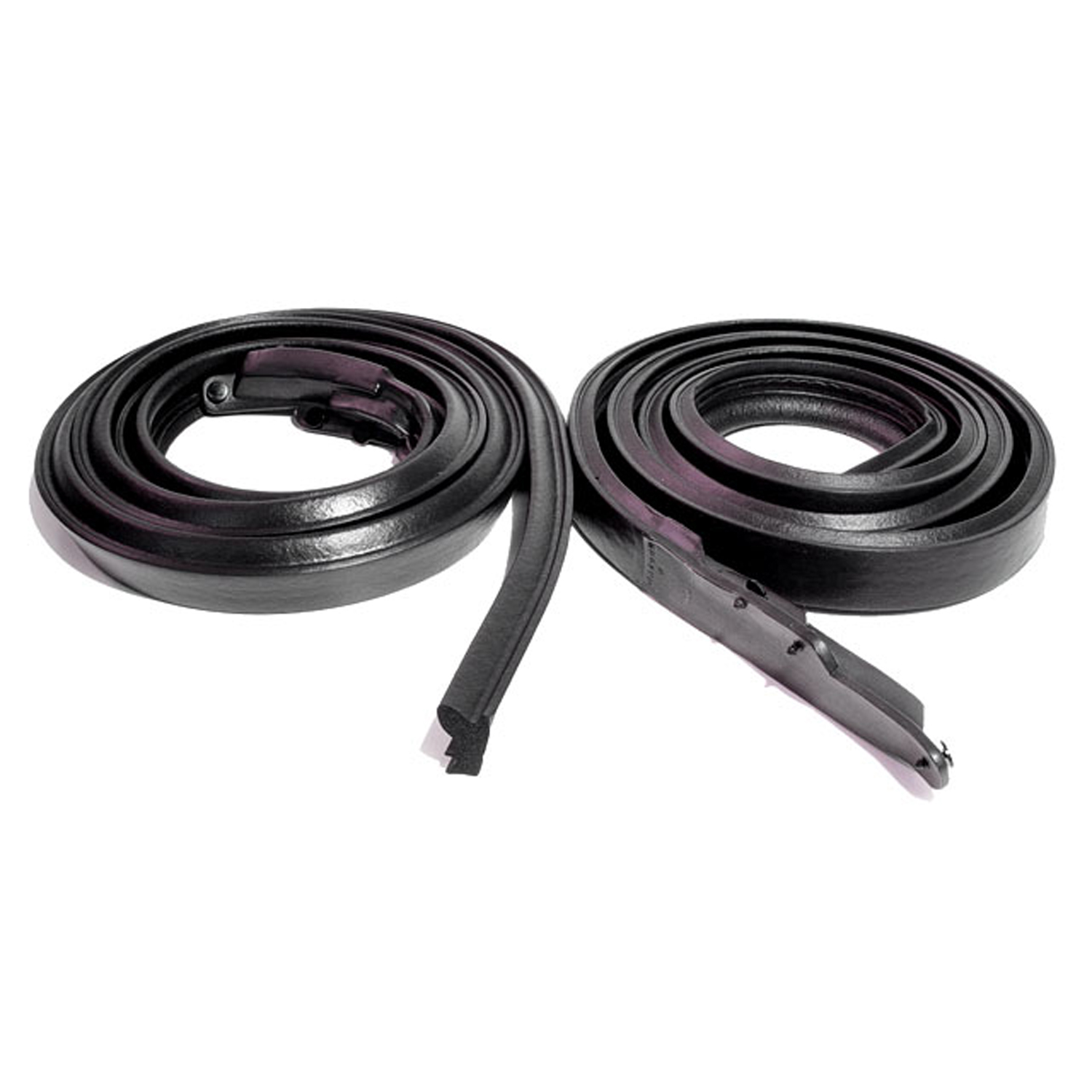 1968 Buick GS 400 Molded Roof Rail Seals for 2-Door Hardtop Only. Pair R&L-RR 5002Molded Roof Rail Seals for 2-Door Hardtop Only. Pair R&L
1968 Buick GS 400 Molded Roof Rail Seals for 2-Door Hardtop Only. Pair R&L-RR 5002Molded Roof Rail Seals for 2-Door Hardtop Only. Pair R&L 1968 Buick GS 400 Door Bumper, 57-74 GM Cars, Made with Twin Retainers, Each-SB 35Door Bumper, 57-74 GM Cars, made with twin retainers, Each. Measure 1-1/16" high X 19/32" wide X 1-1/32" long.
1968 Buick GS 400 Door Bumper, 57-74 GM Cars, Made with Twin Retainers, Each-SB 35Door Bumper, 57-74 GM Cars, made with twin retainers, Each. Measure 1-1/16" high X 19/32" wide X 1-1/32" long.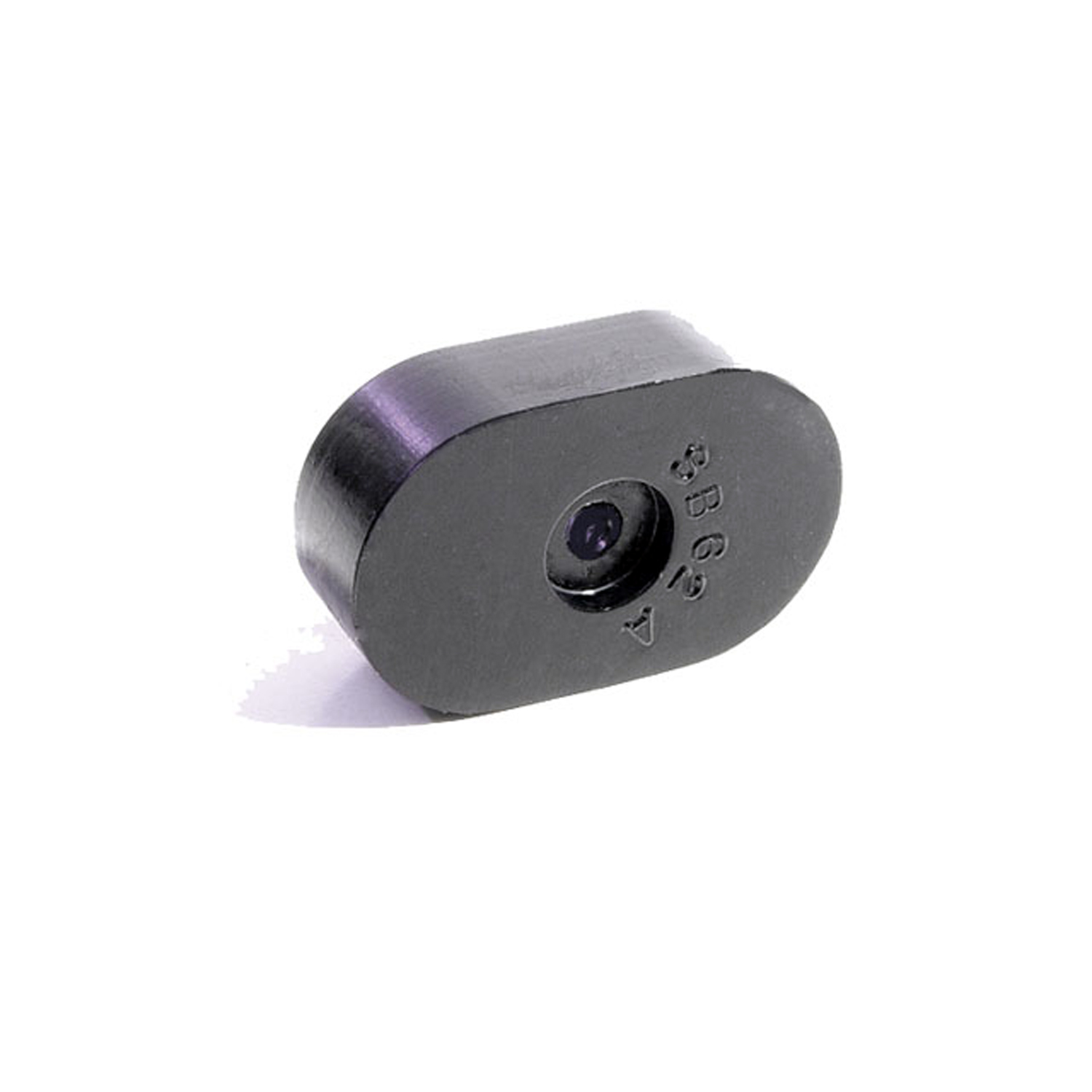 1968 Buick GS 400 Seat Bumper. Made with steel core like original-SB 62-ASeat Bumper. Made with steel core like original. 1-1/2" long, 7/16" thick. Two used per car. Each
1968 Buick GS 400 Seat Bumper. Made with steel core like original-SB 62-ASeat Bumper. Made with steel core like original. 1-1/2" long, 7/16" thick. Two used per car. Each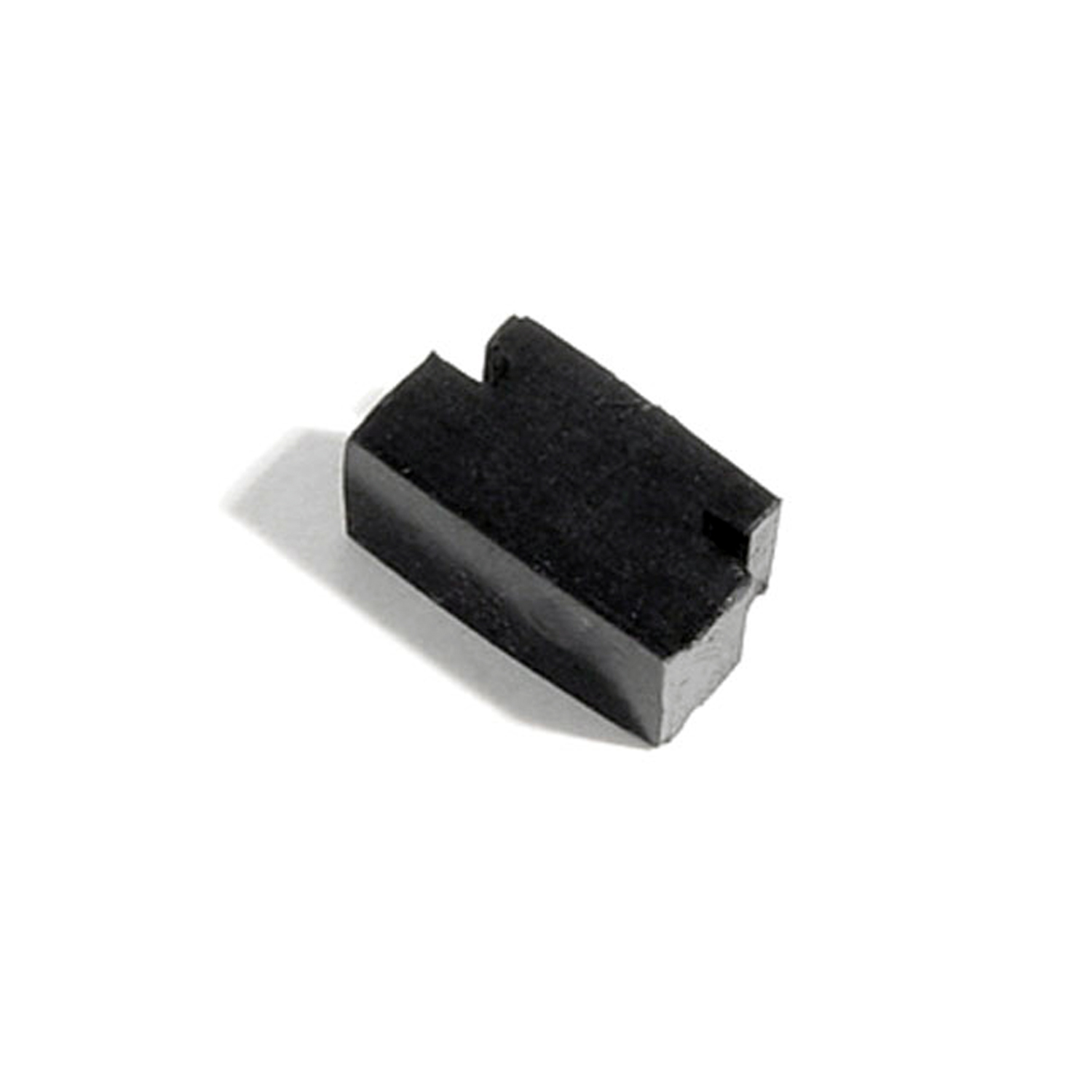 1968 Buick GS 400 Ashtray Bumper. 5/16" wide X 1/2" long X 3/16" high-SB 76Ashtray Bumper. 5/16" wide X 1/2" long X 3/16" high. (Fits some models) Each
1968 Buick GS 400 Ashtray Bumper. 5/16" wide X 1/2" long X 3/16" high-SB 76Ashtray Bumper. 5/16" wide X 1/2" long X 3/16" high. (Fits some models) Each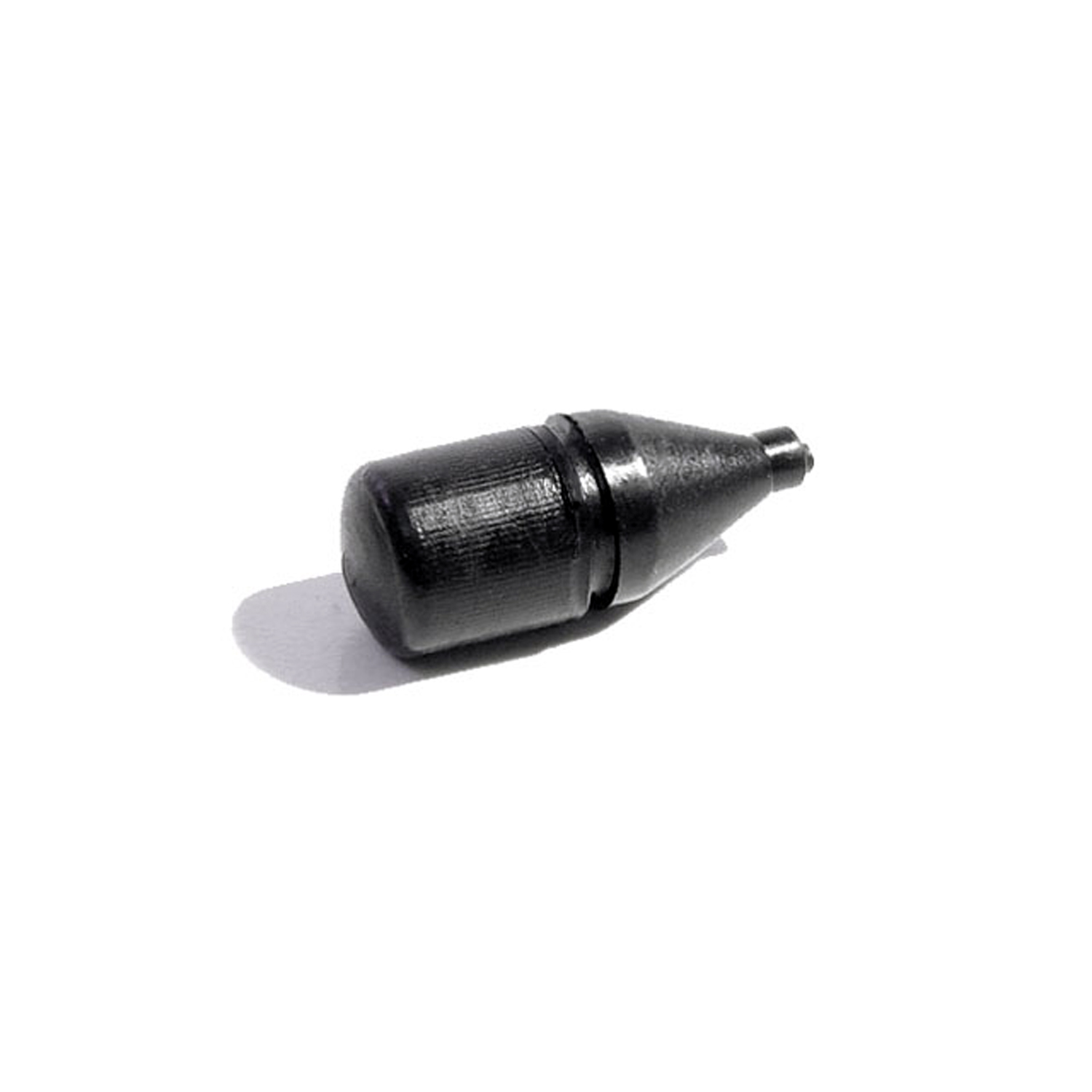 1968 Buick GS 400 Fuel Door Bumper. 7/8" high, 5/16" O.D. Each-SB 81Fuel Door Bumper. 7/8" high, 5/16" O.D. Each
1968 Buick GS 400 Fuel Door Bumper. 7/8" high, 5/16" O.D. Each-SB 81Fuel Door Bumper. 7/8" high, 5/16" O.D. Each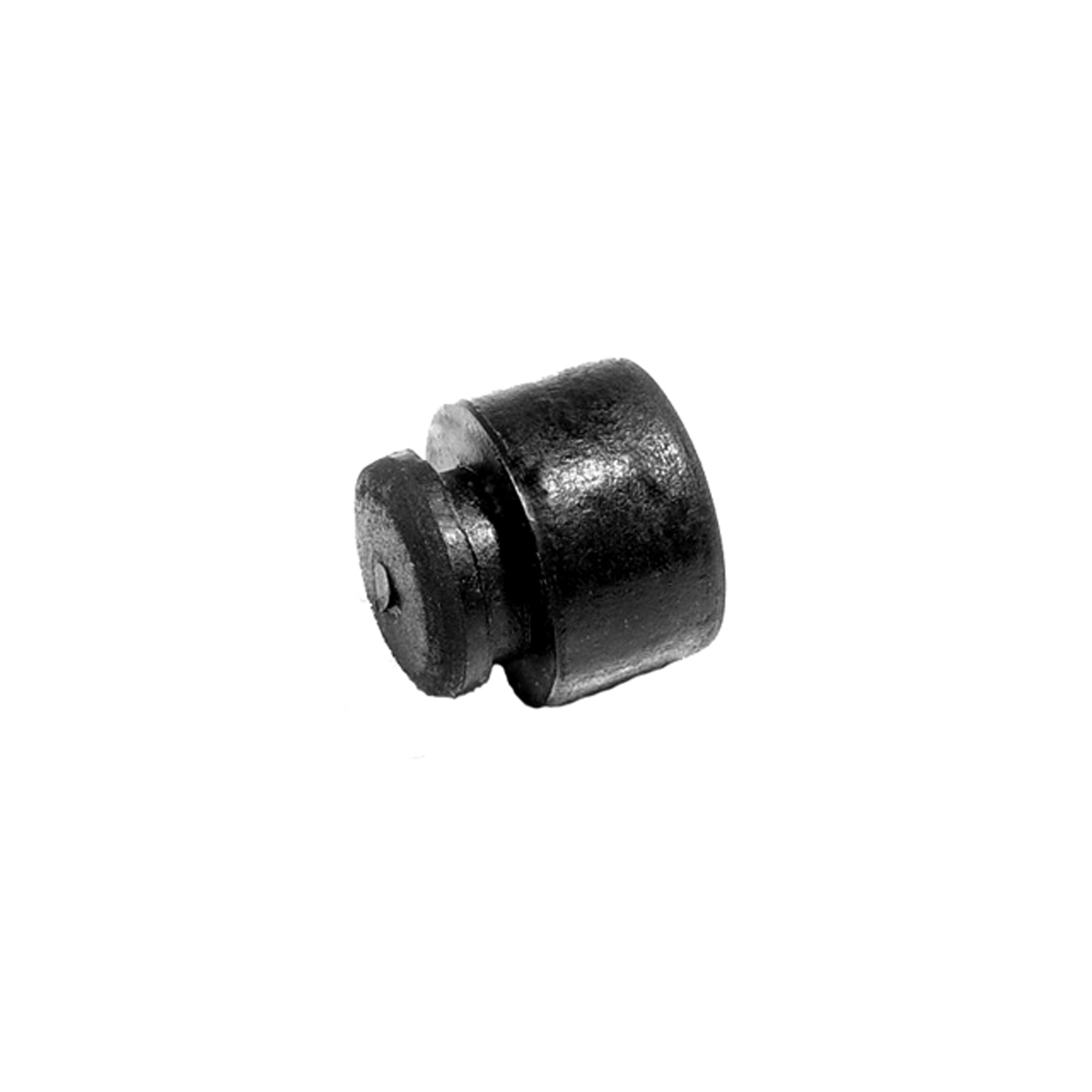 1968 Buick GS 400 License Plate Bumper. Fits a 1/4" hole. Each-SB 82License Plate Bumper. Fits a 1/4" hole. Each
1968 Buick GS 400 License Plate Bumper. Fits a 1/4" hole. Each-SB 82License Plate Bumper. Fits a 1/4" hole. Each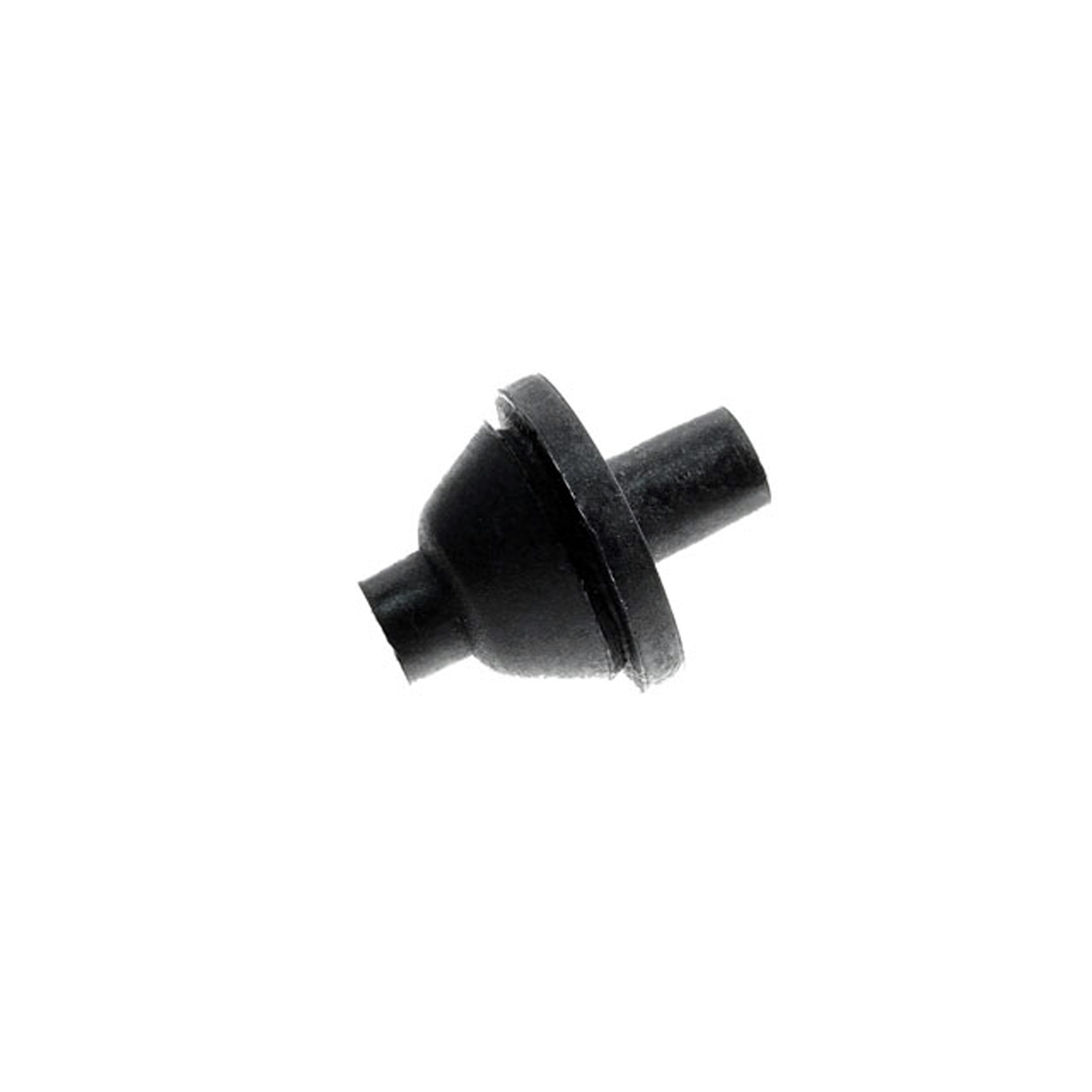 1968 Buick GS 400 Dash and Firewall Grommet. Single-hole type is for one wire-SM 101Dash and Firewall Grommet. Single-hole type is for one wire. Each
1968 Buick GS 400 Dash and Firewall Grommet. Single-hole type is for one wire-SM 101Dash and Firewall Grommet. Single-hole type is for one wire. Each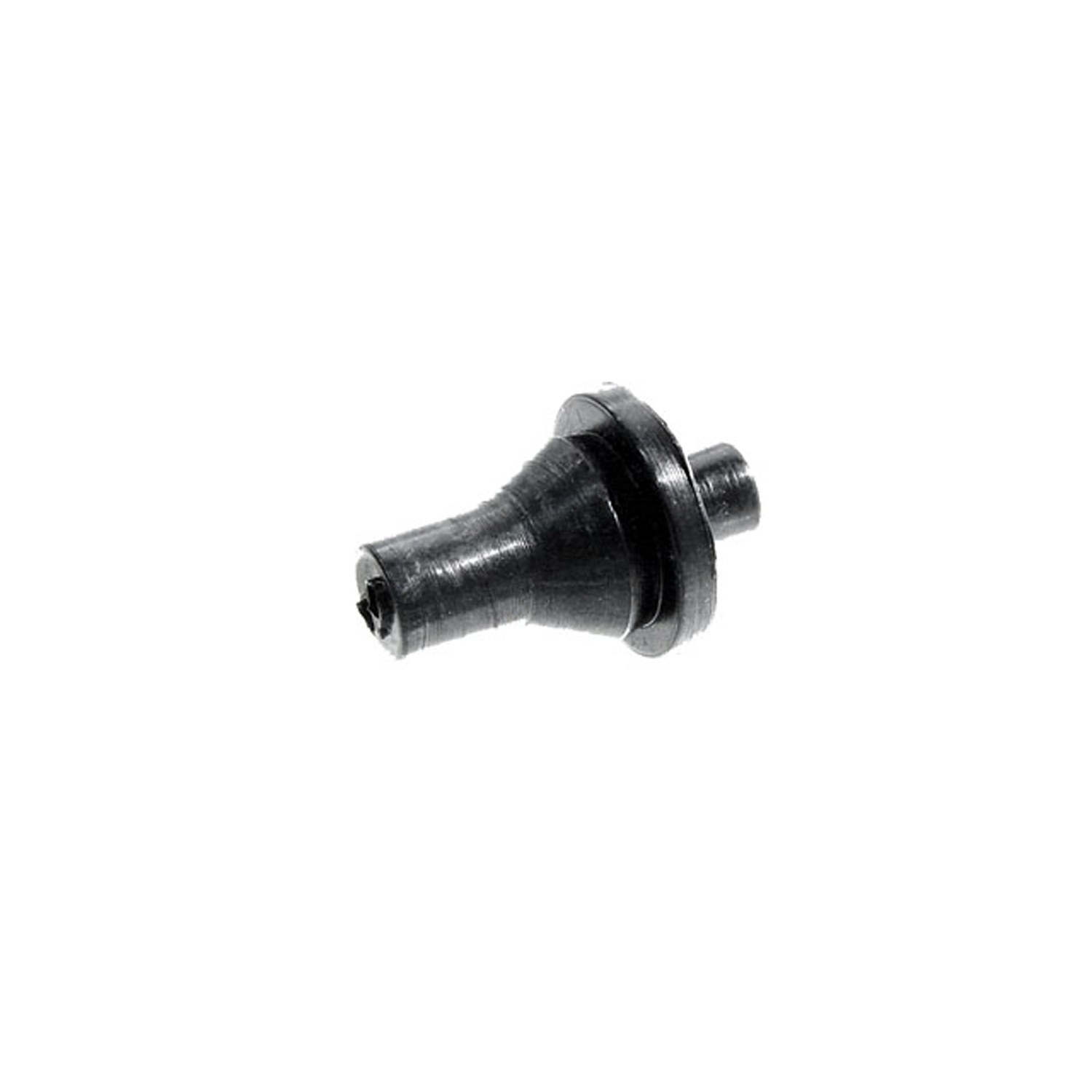 1968 Buick GS 400 Dash and Firewall Grommet. Two hole type. Each-SM 101-ADash and Firewall Grommet. Two hole type. Each
1968 Buick GS 400 Dash and Firewall Grommet. Two hole type. Each-SM 101-ADash and Firewall Grommet. Two hole type. Each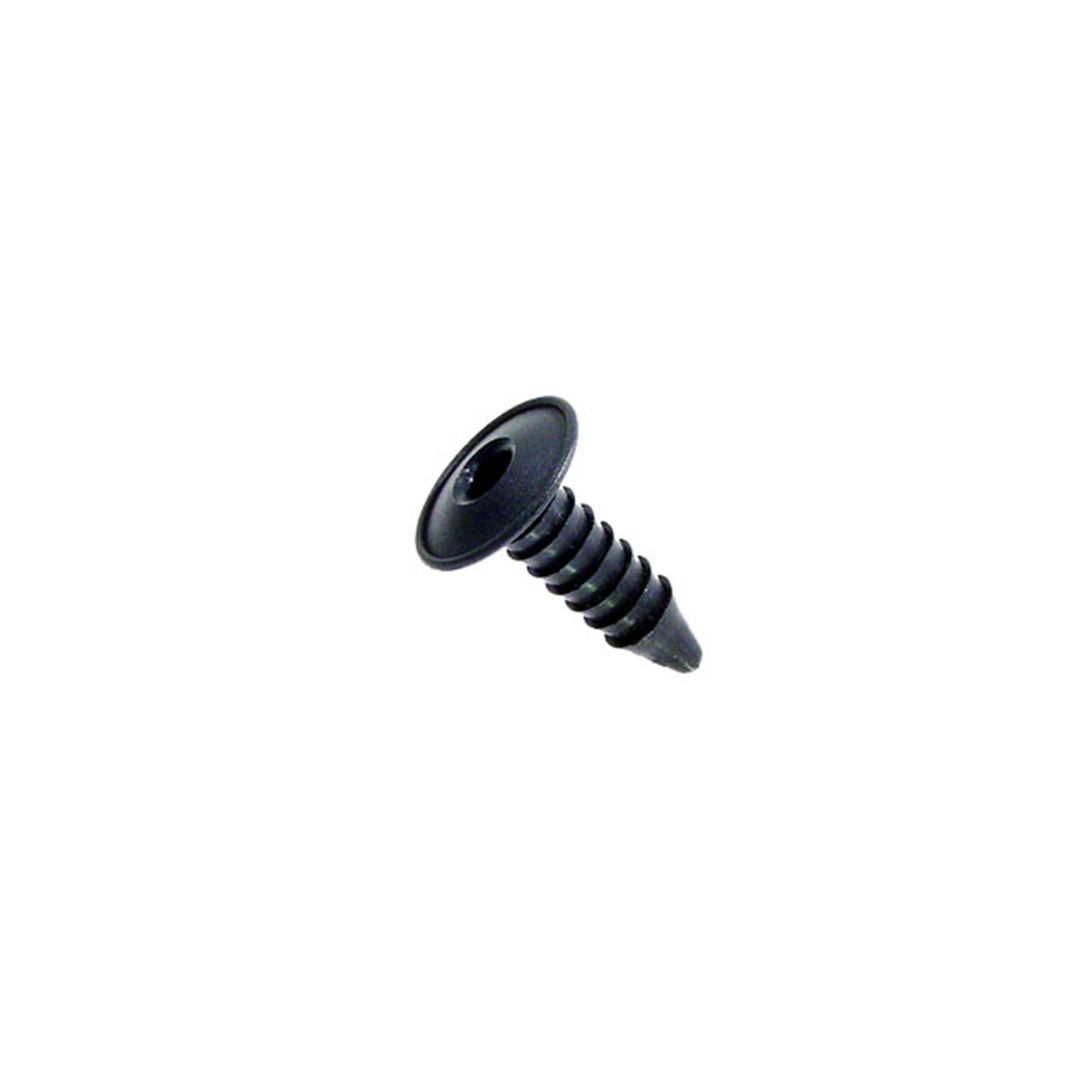 1968 Buick GS 400 Firewall insulation fastener. 1 in. dia. W head. 1-1/2 in. L-SM 80-AFirewall insulation fastener. 1 in. dia. W head. 1-1/2 in. L. Replaces OEM#'s (GM) 7642589 and (AMC) 4001934. Black. Each.
1968 Buick GS 400 Firewall insulation fastener. 1 in. dia. W head. 1-1/2 in. L-SM 80-AFirewall insulation fastener. 1 in. dia. W head. 1-1/2 in. L. Replaces OEM#'s (GM) 7642589 and (AMC) 4001934. Black. Each. 1968 Buick GS 400 Trunk Seal. 16 feet long. Each-TK 46-16Trunk Seal. 16 feet long. Each
1968 Buick GS 400 Trunk Seal. 16 feet long. Each-TK 46-16Trunk Seal. 16 feet long. Each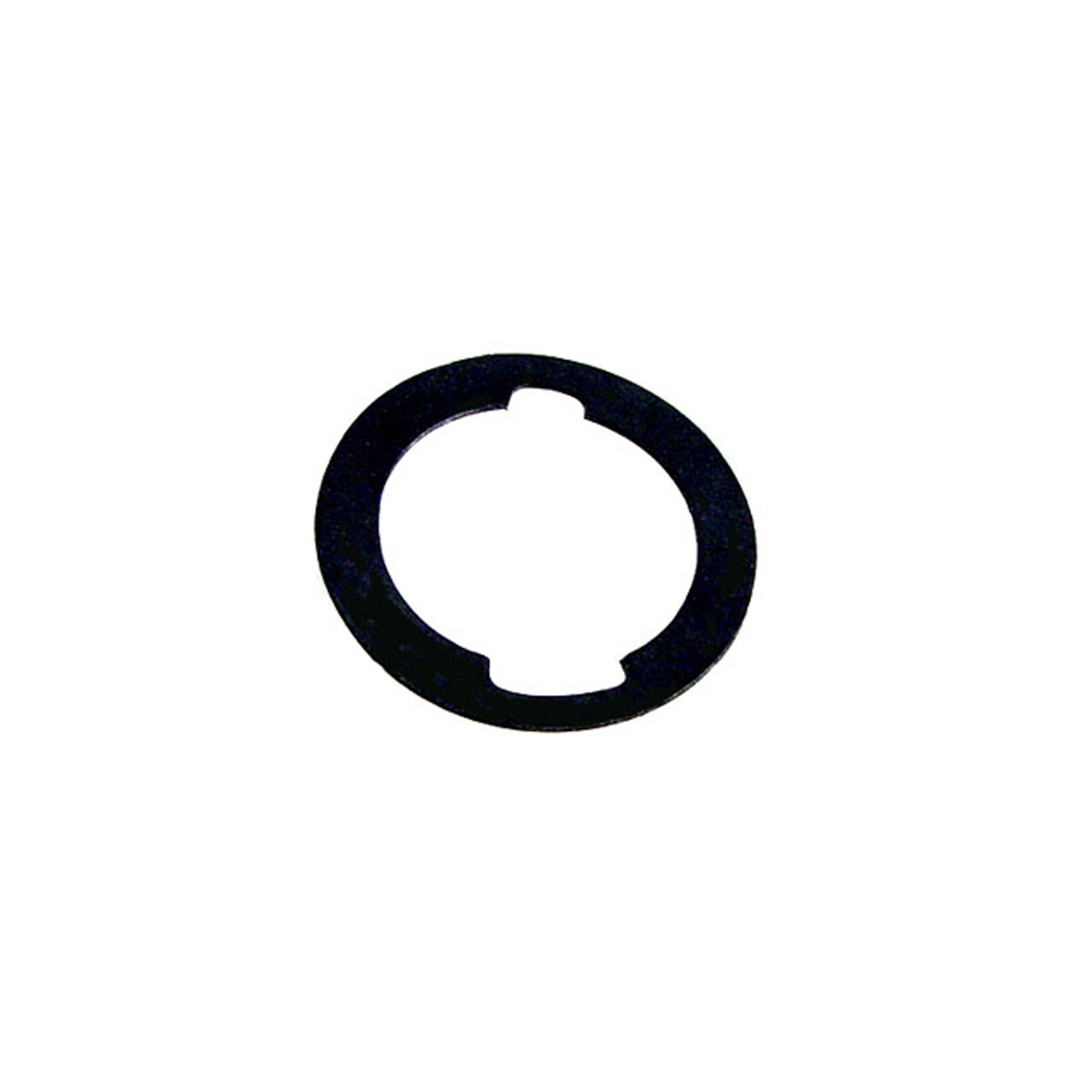 1968 Buick GS 400 Unbeaded Door and Trunk Lock Gasket. 1-3/16" O.D., 7/8" I.D-UM 1600-100Unbeaded Door and Trunk Lock Gasket. 1-3/16" O.D., 7/8" I.D. Each
1968 Buick GS 400 Unbeaded Door and Trunk Lock Gasket. 1-3/16" O.D., 7/8" I.D-UM 1600-100Unbeaded Door and Trunk Lock Gasket. 1-3/16" O.D., 7/8" I.D. Each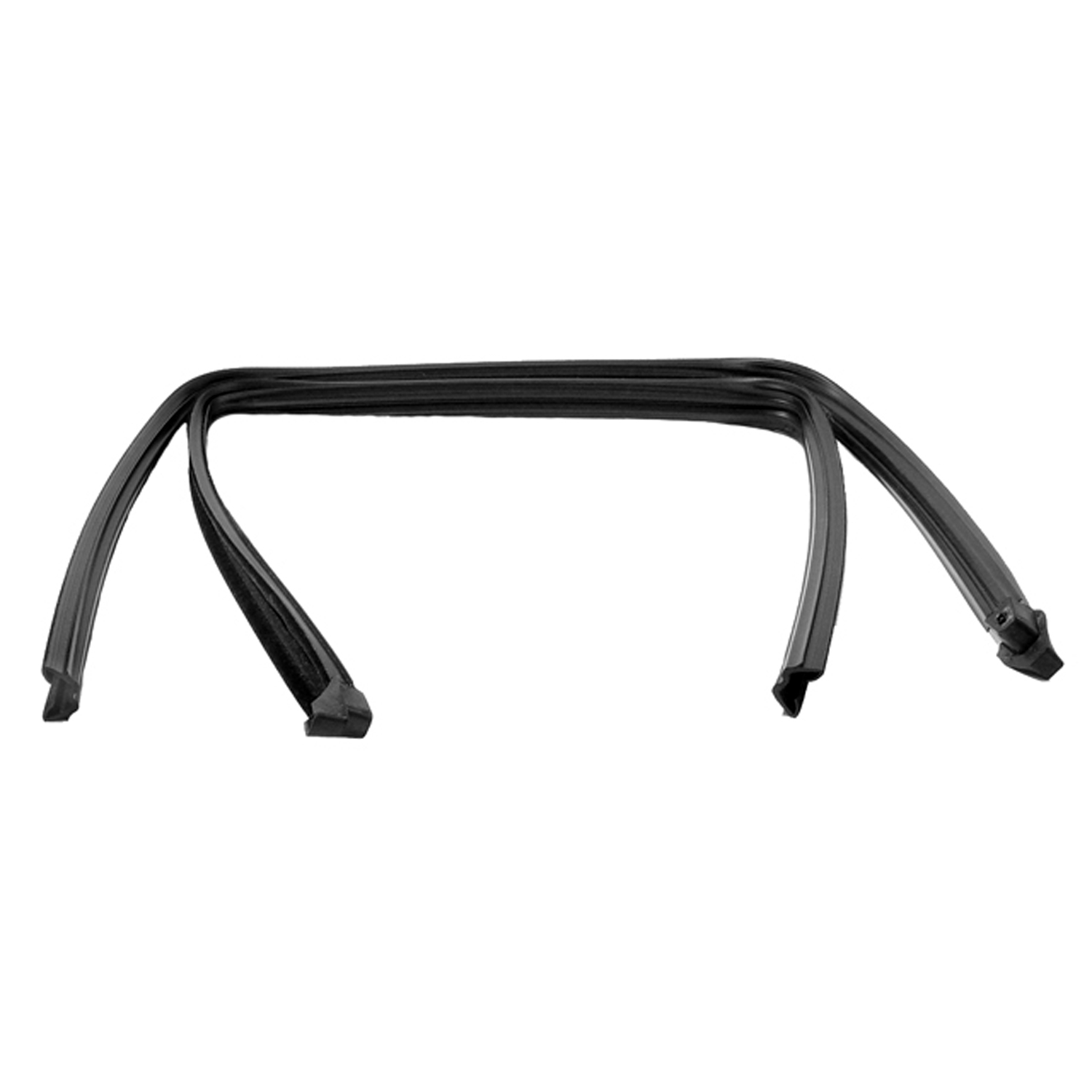 1968 Buick GS 400 Vertical glass run channel-VR 2011Vertical glass run channel. Fits in division bar channel between front vent window and leading edge of window glass in door. 37-1/2 in. long. Pair.
1968 Buick GS 400 Vertical glass run channel-VR 2011Vertical glass run channel. Fits in division bar channel between front vent window and leading edge of window glass in door. 37-1/2 in. long. Pair.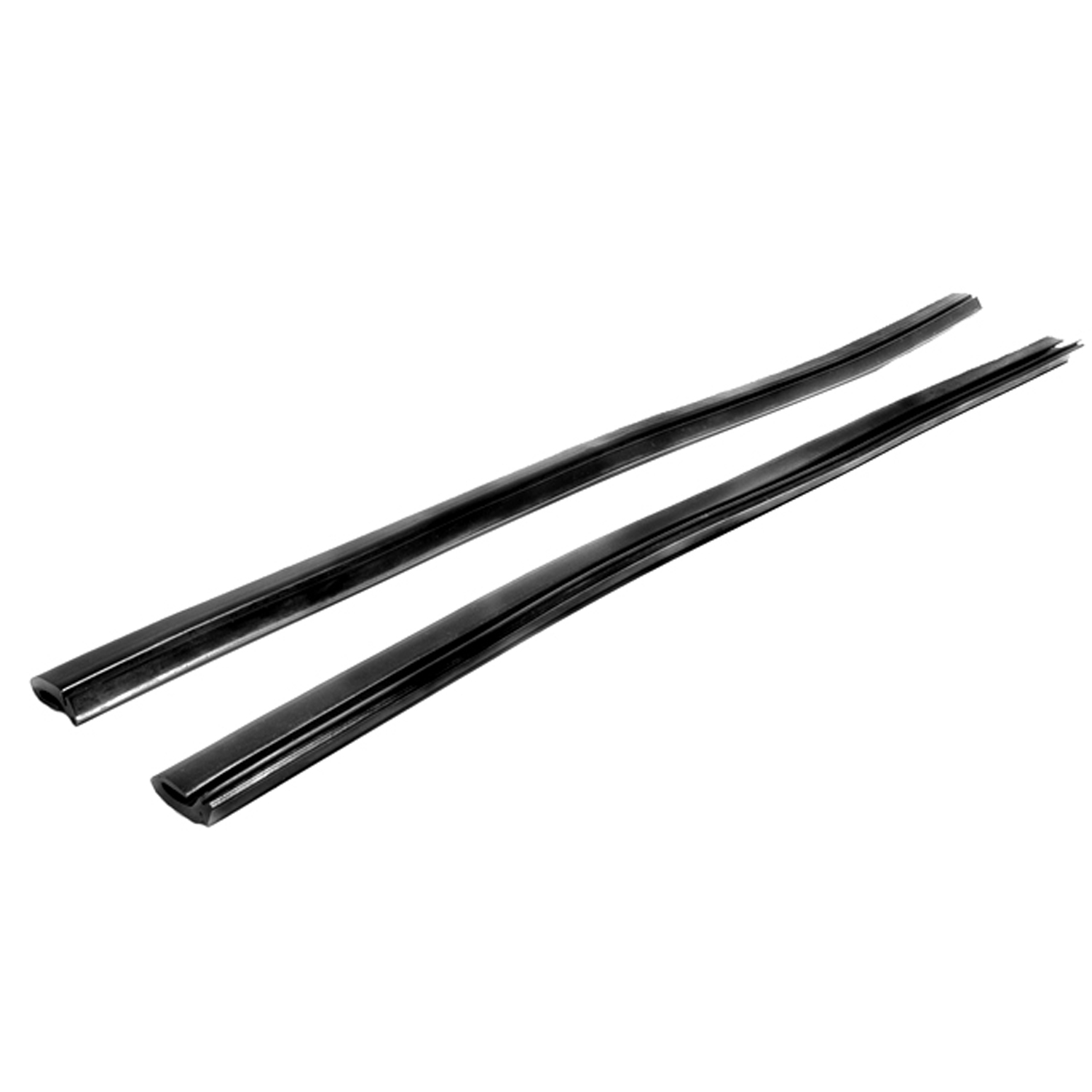 1968 Buick GS 400 Rear Side Roll-Up Window Seal, for Hardtops and Convertibles-VS 3Rear Side Roll-Up Window Seal, for Hardtops and Convertibles. Two 20" sections slide into metal track. No steel insert. Pair
1968 Buick GS 400 Rear Side Roll-Up Window Seal, for Hardtops and Convertibles-VS 3Rear Side Roll-Up Window Seal, for Hardtops and Convertibles. Two 20" sections slide into metal track. No steel insert. Pair 1968 Buick GS 400 Rear Roll-Up Quarter Window Seals-VS 3-MRear Roll-Up Quarter Window Seals, for 2-Door Hardtops and Convertibles. Made with a steel core stiffener. 16-1/2" long. Pair
1968 Buick GS 400 Rear Roll-Up Quarter Window Seals-VS 3-MRear Roll-Up Quarter Window Seals, for 2-Door Hardtops and Convertibles. Made with a steel core stiffener. 16-1/2" long. Pair 1968 Buick GS 400 Rear Roll-Up Quarter Window Seals-VS 3-MXRear Roll-Up Quarter Window Seals, for 2-Door Hardtops and Convertibles. Made without steel core. 16-1/2" long. Pair
1968 Buick GS 400 Rear Roll-Up Quarter Window Seals-VS 3-MXRear Roll-Up Quarter Window Seals, for 2-Door Hardtops and Convertibles. Made without steel core. 16-1/2" long. Pair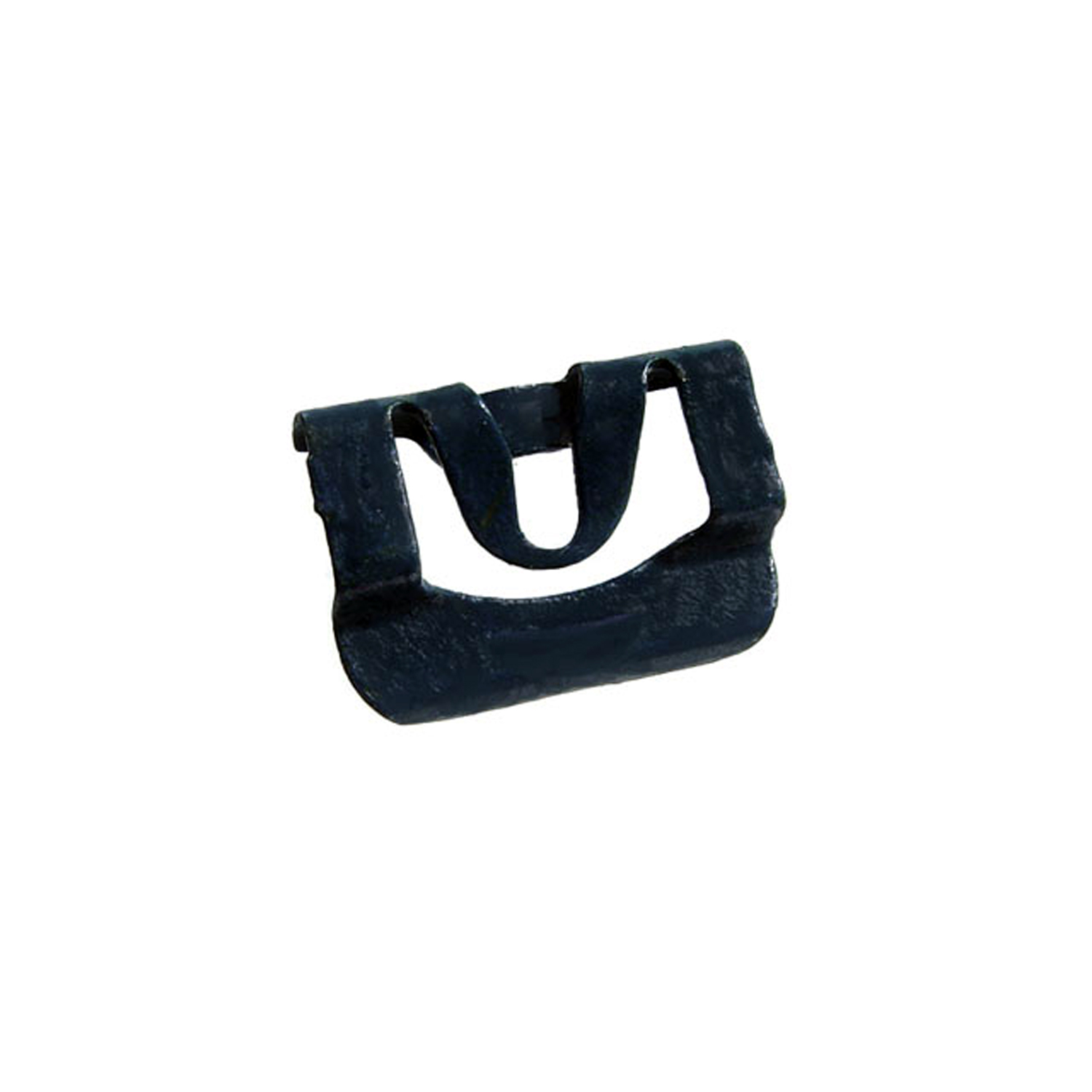 1968 Buick GS 400 Windshield Reveal Molding Clip. Made of steel-WF 203Windshield Reveal Molding Clip. Made of steel. 5/8" x 15/16". Each
1968 Buick GS 400 Windshield Reveal Molding Clip. Made of steel-WF 203Windshield Reveal Molding Clip. Made of steel. 5/8" x 15/16". Each 1968 Buick GS 400 Rear Quarter Window Molding Clip. Made of steel-WF 204Rear Quarter Window Molding Clip. Made of steel. 3/4" x 1-3/8". Each
1968 Buick GS 400 Rear Quarter Window Molding Clip. Made of steel-WF 204Rear Quarter Window Molding Clip. Made of steel. 3/4" x 1-3/8". Each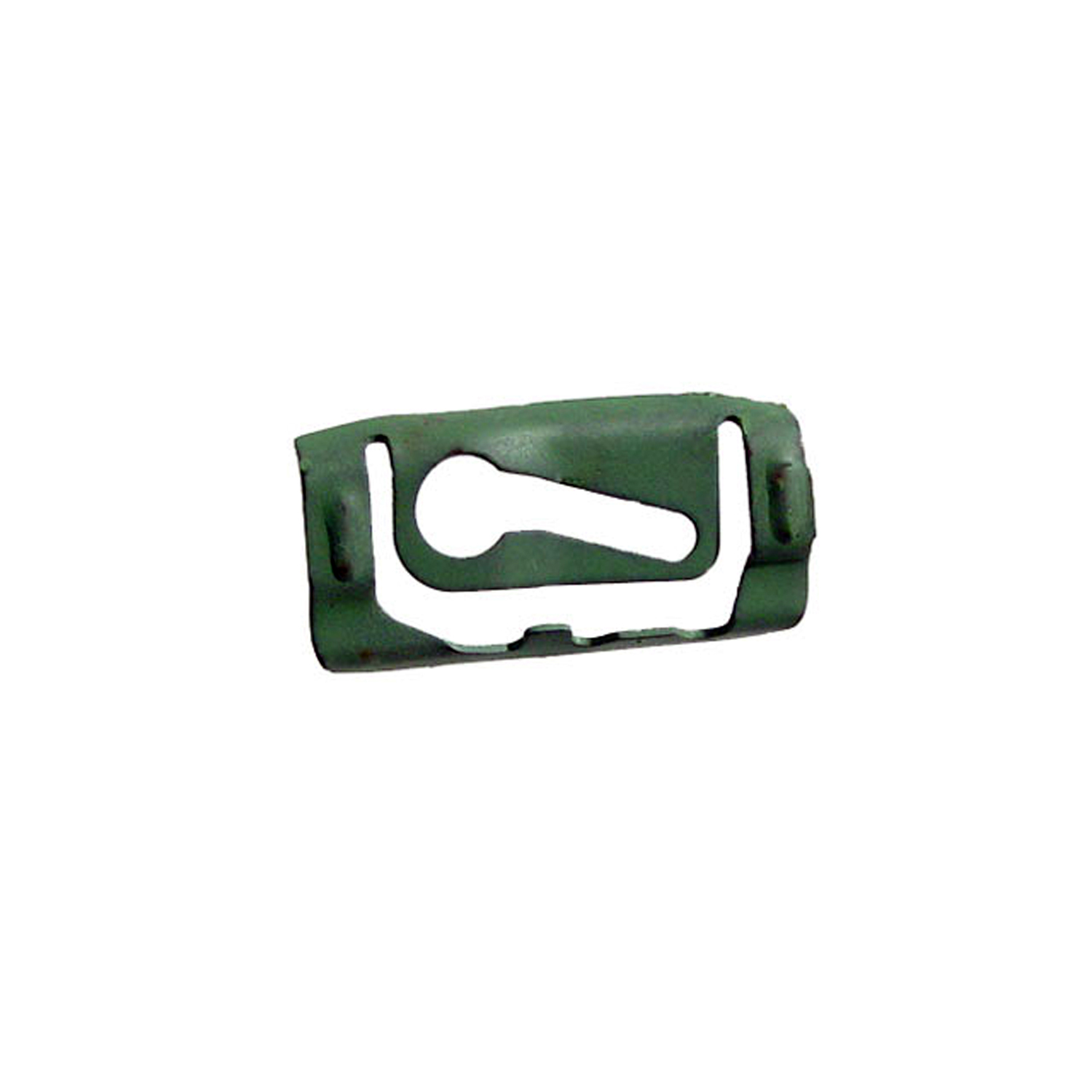 1968 Buick GS 400 Quarter Window Reveal Molding Clip. Made of Steel-WF 205Quarter Window Reveal Molding Clip. Made of Steel. 1-3/8" X 11/16". Each
1968 Buick GS 400 Quarter Window Reveal Molding Clip. Made of Steel-WF 205Quarter Window Reveal Molding Clip. Made of Steel. 1-3/8" X 11/16". Each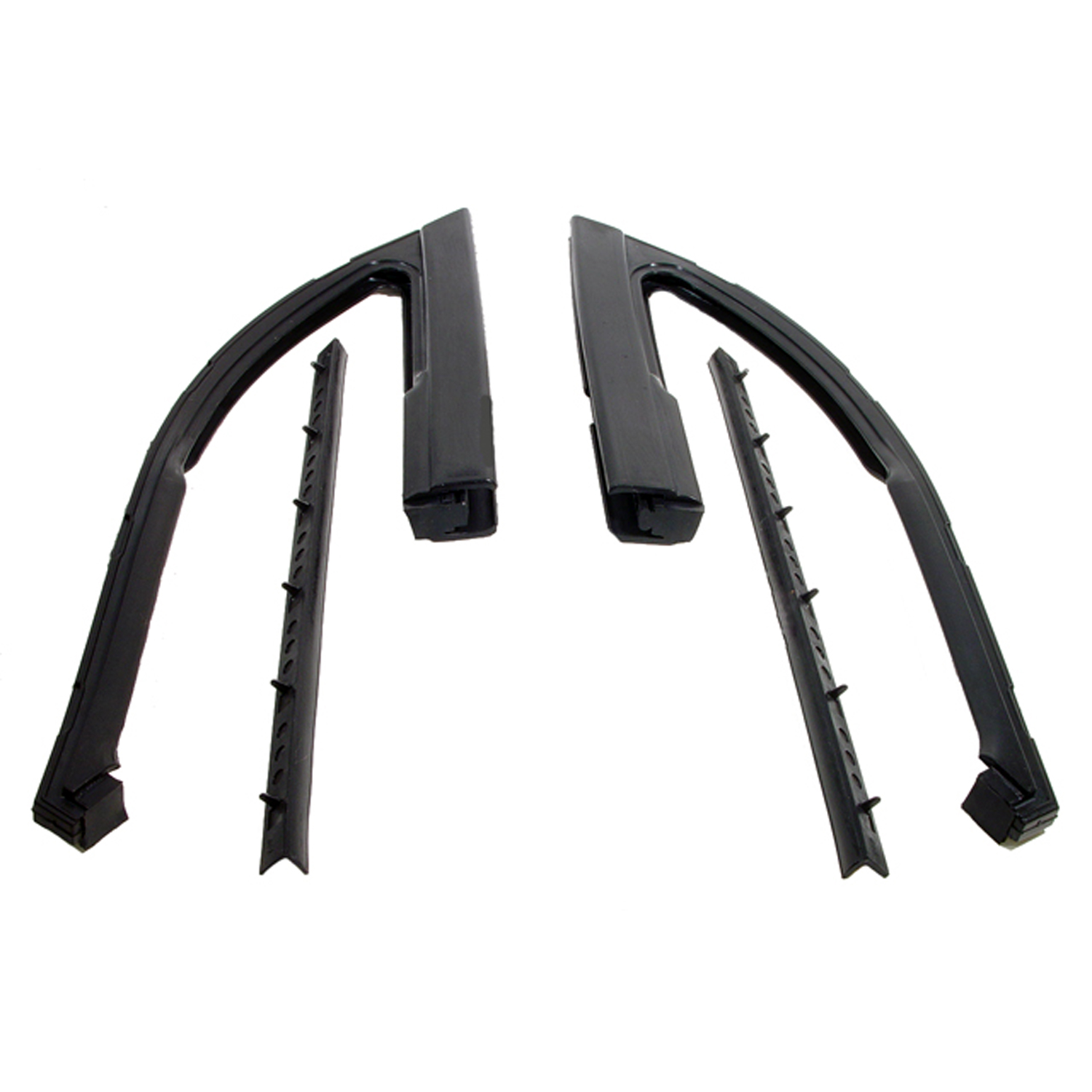 1968 Buick GS 400 Vent window seals. 2-door hardtop and convertible-WR 2009-BVent window seals. 2-door hardtop and convertible. Replaces OEM#'s 9712506/7. Pair. R&L.
1968 Buick GS 400 Vent window seals. 2-door hardtop and convertible-WR 2009-BVent window seals. 2-door hardtop and convertible. Replaces OEM#'s 9712506/7. Pair. R&L.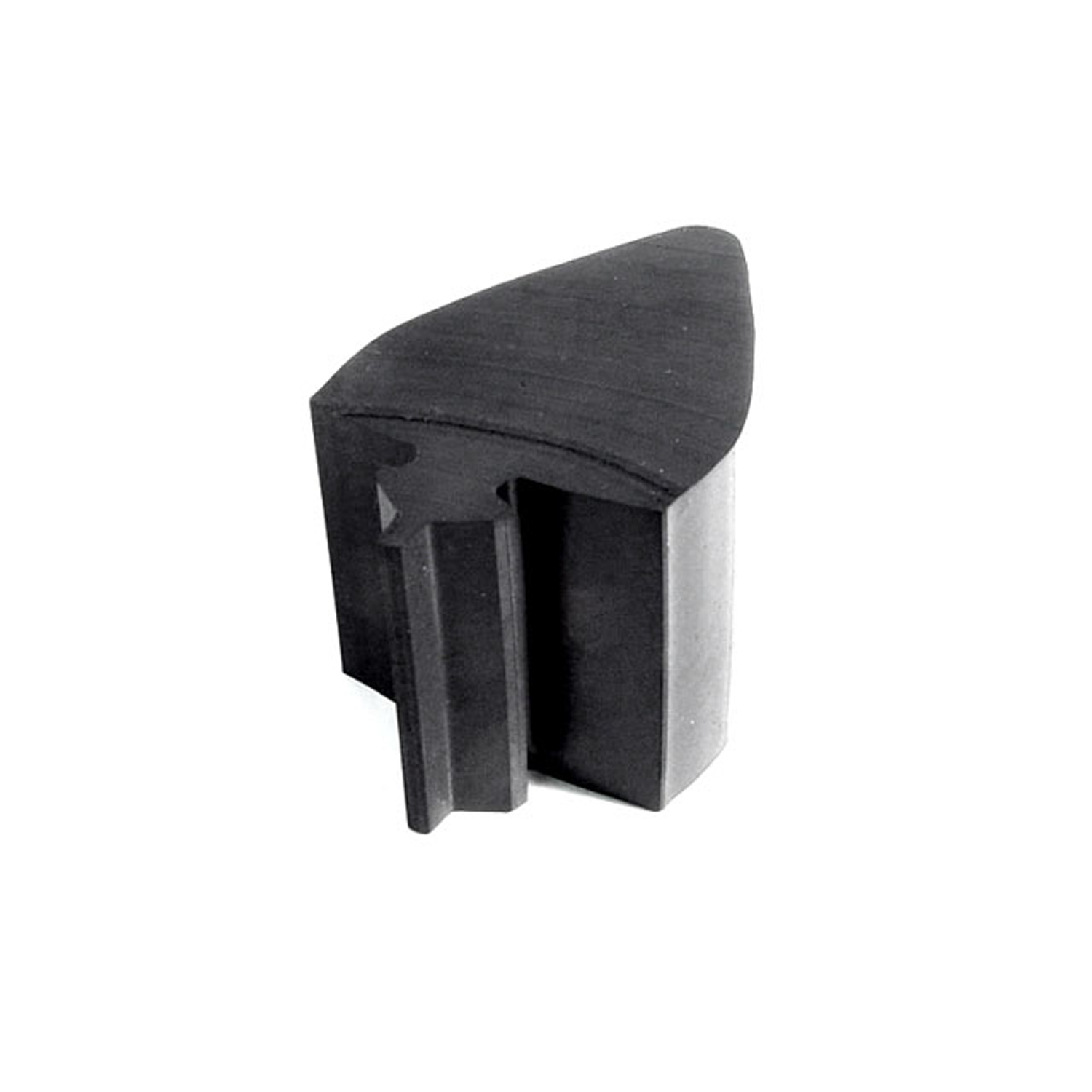 1968 Buick GS 400 Rear Axle Housing Bumper. Each-XB 33Rear Axle Housing Bumper. Each
1968 Buick GS 400 Rear Axle Housing Bumper. Each-XB 33Rear Axle Housing Bumper. EachWhy Choose Metro?
For over 100 years, Metro Moulded Parts has been the pinnacle of quality in classic car restoration parts. Our commitment to precision and authenticity in every component ensures a perfect fit and an OEM-level appearance.
- Expert Craftsmanship & Quality: Each part is a testament to our dedication to reliability and perfection, crafted from original designs and thoroughly tested.
- Advanced Technology: We use cutting-edge techniques to create flawless, long-lasting parts that surpass others in performance.
- SuperSoft Sponge – The Ultimate Door Seal: Not only are our door seals 30% softer than competitors', but they're also guaranteed to never leak. They effectively reduce wind and road noise, enhancing your classic car's comfort and driving experience.
- Proudly American: Our parts are a product of American craftsmanship, made in the USA with a spirit of excellence and heritage.
- Unrivaled Warranty: We back our products with a 30-year industry-leading warranty, a testament to our confidence in their quality.
Join us in preserving the legacy of classic cars with parts that are crafted for perfection, not just made.

